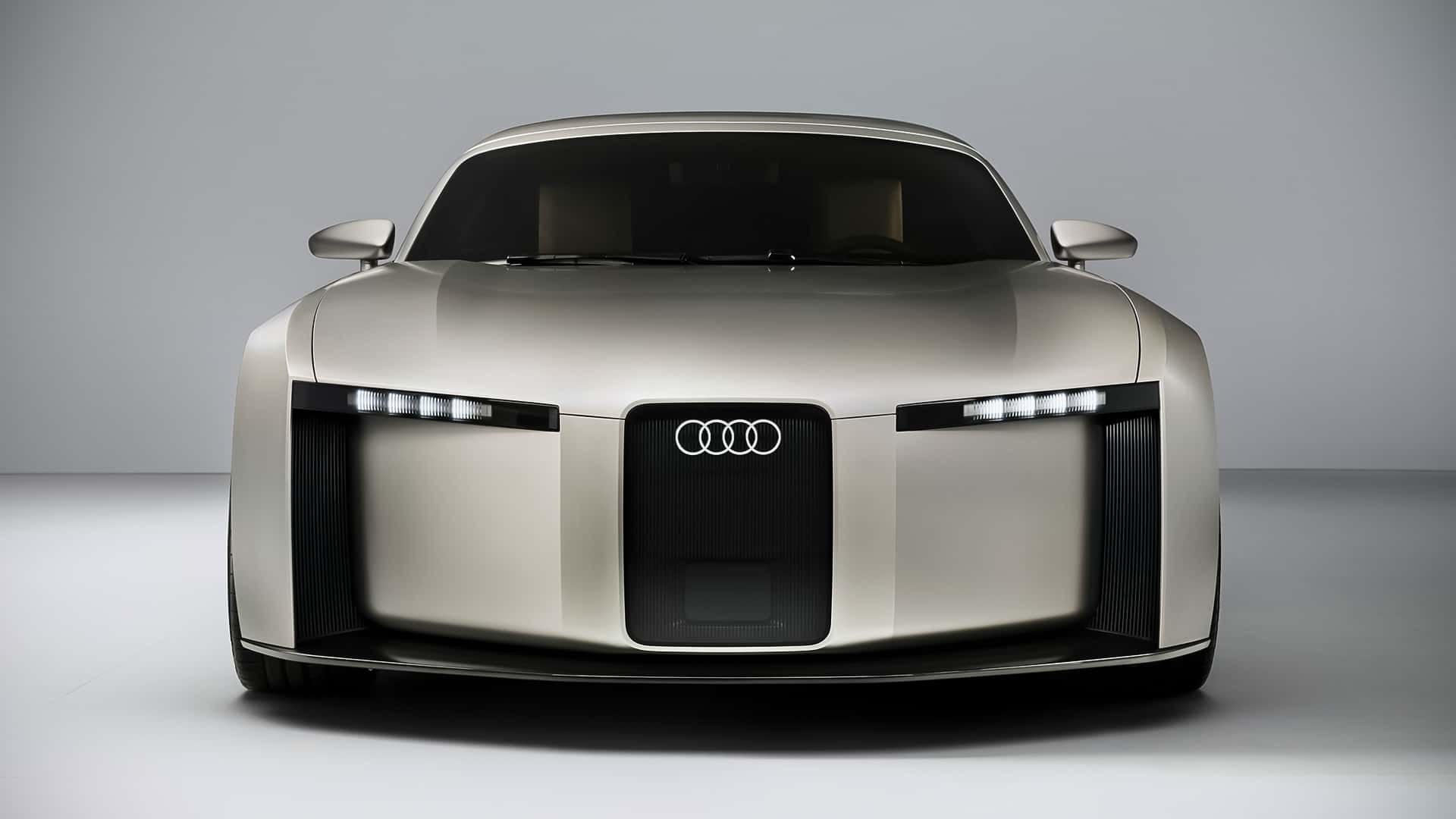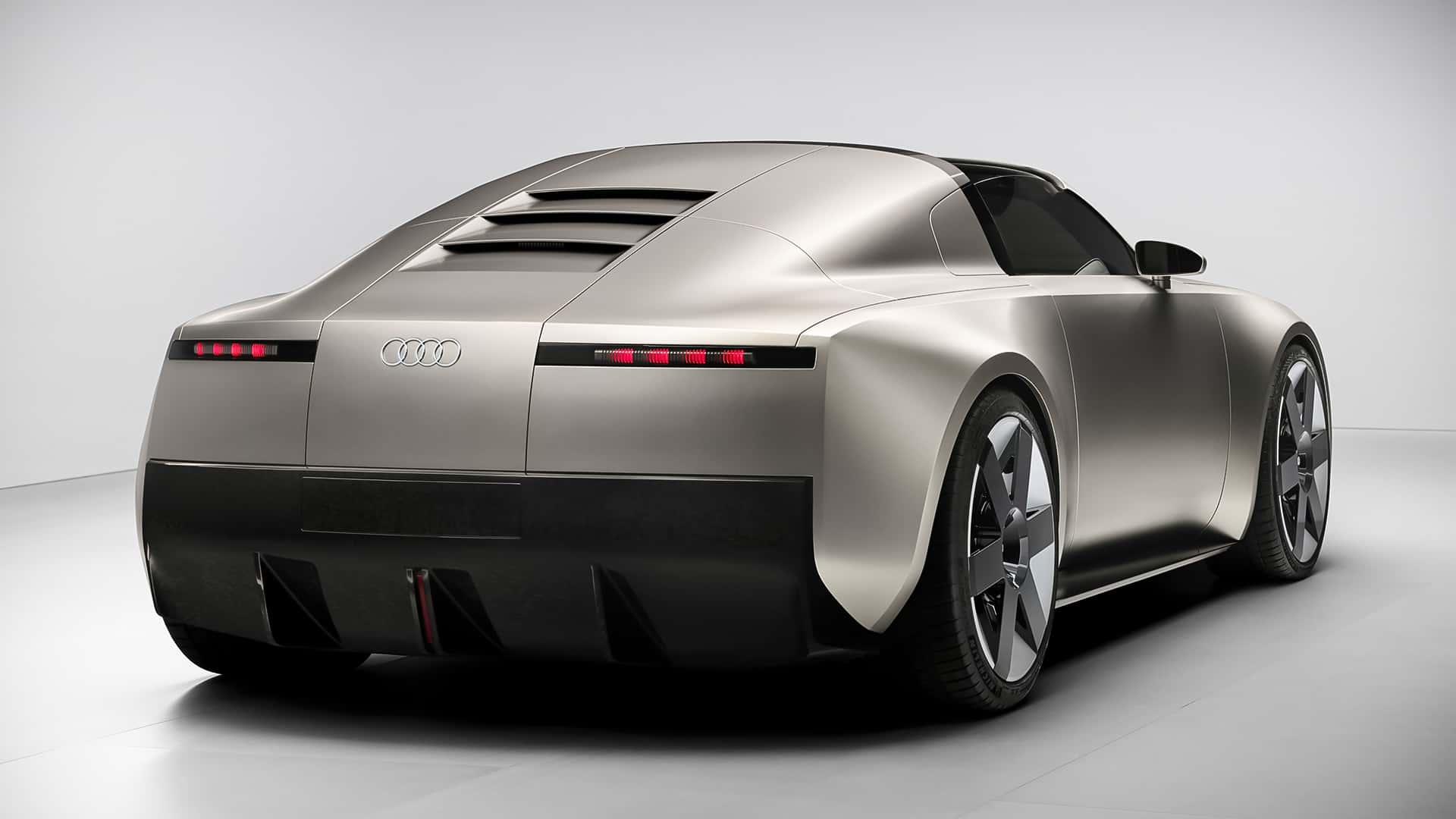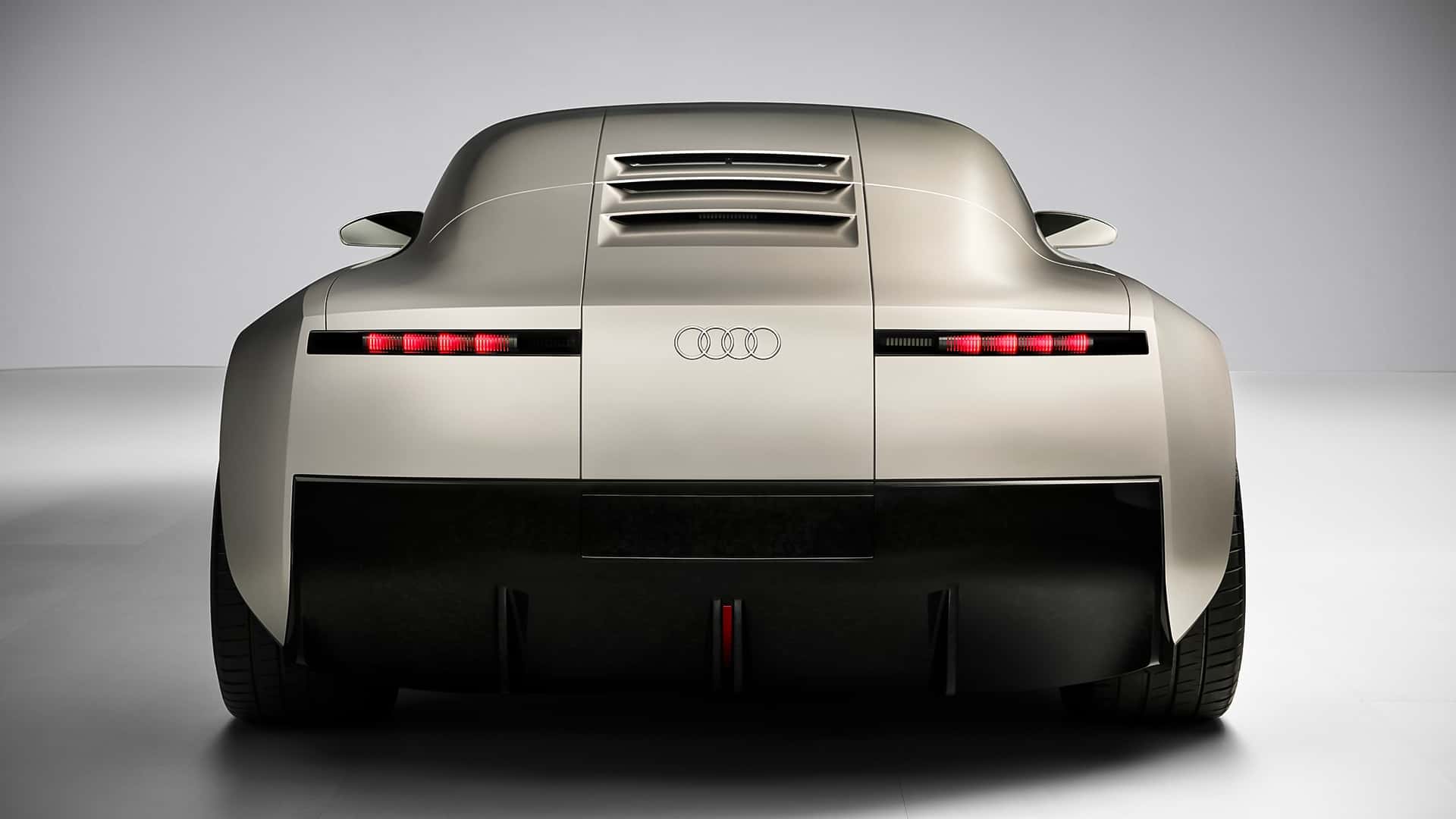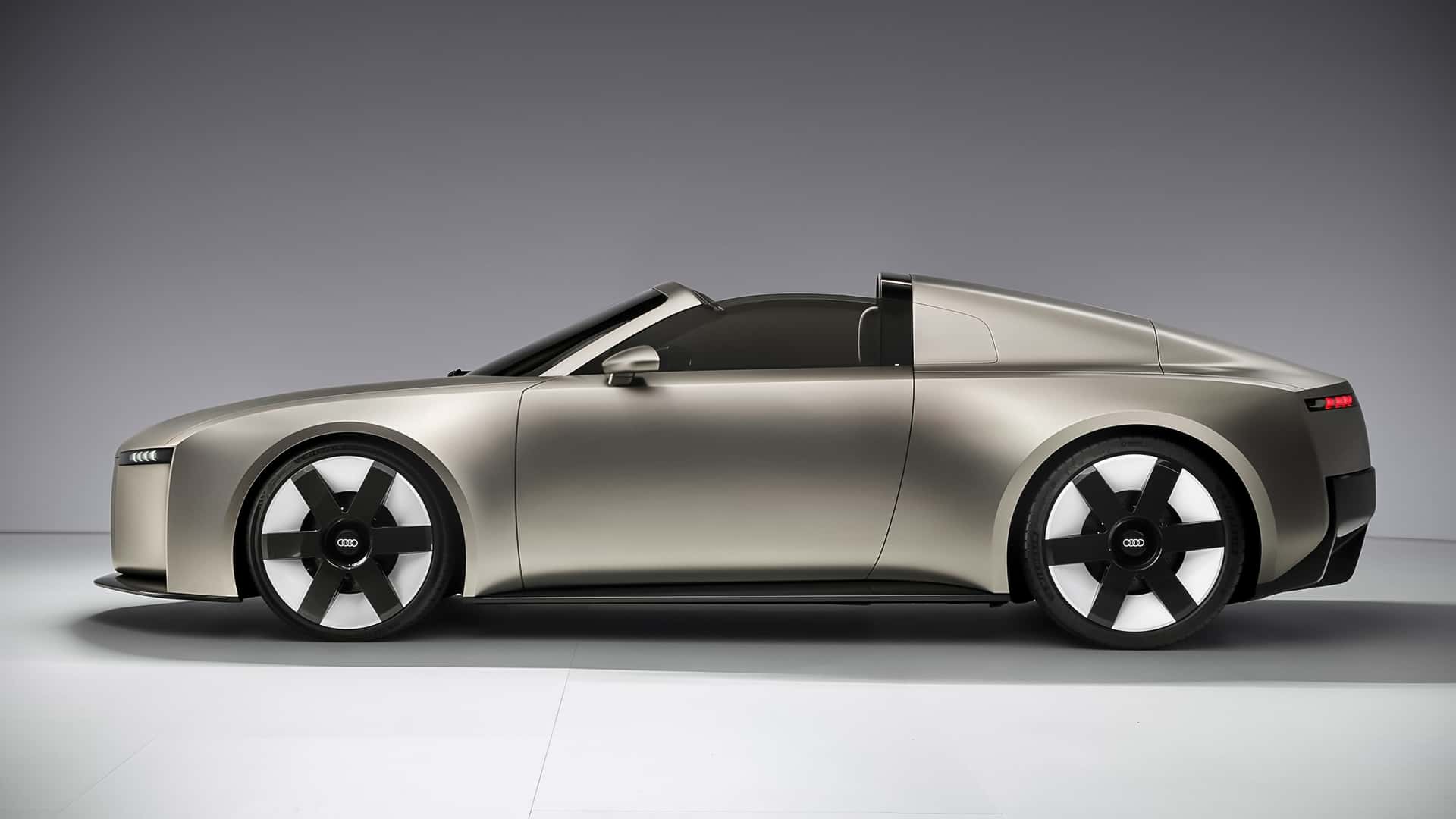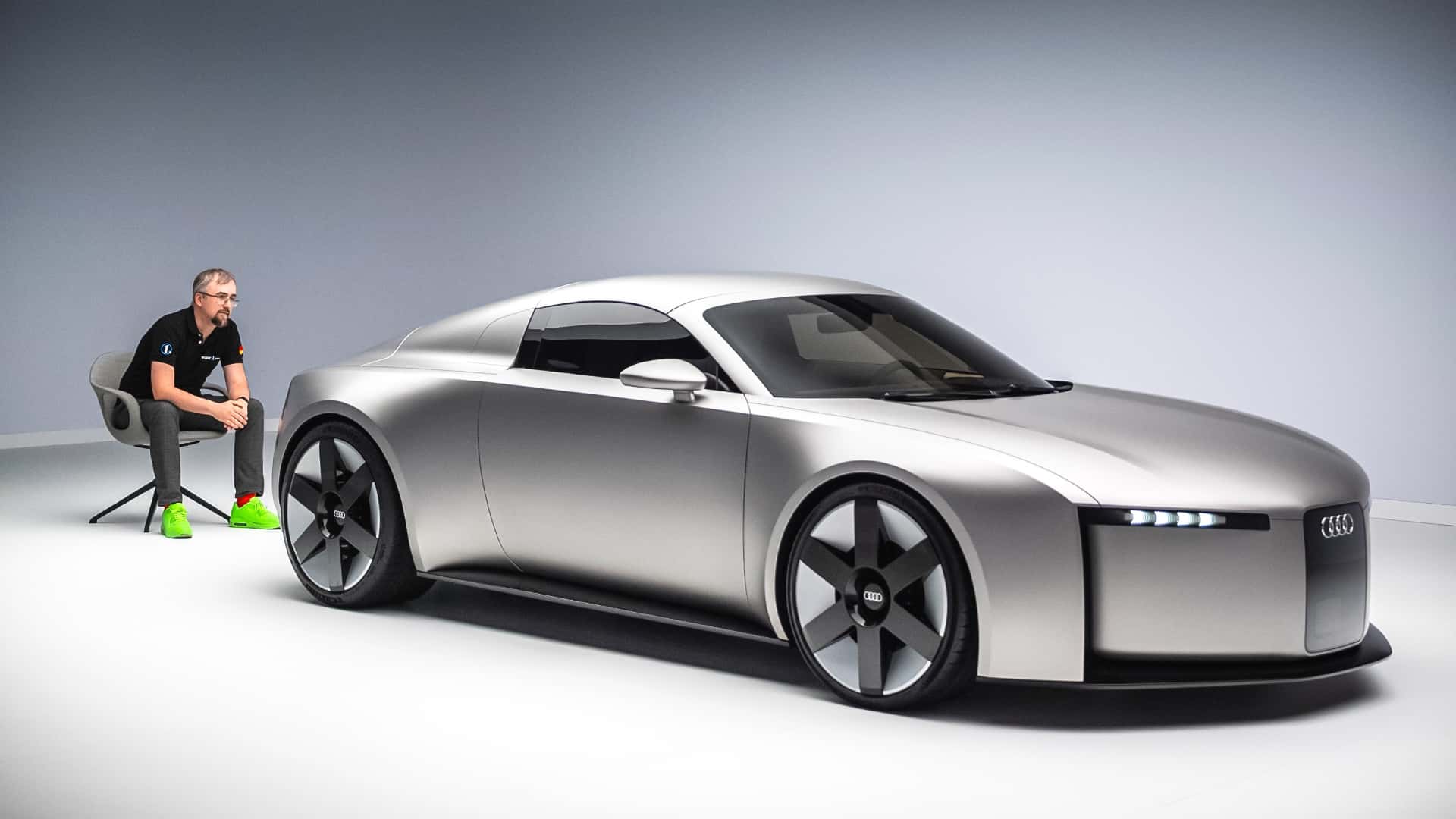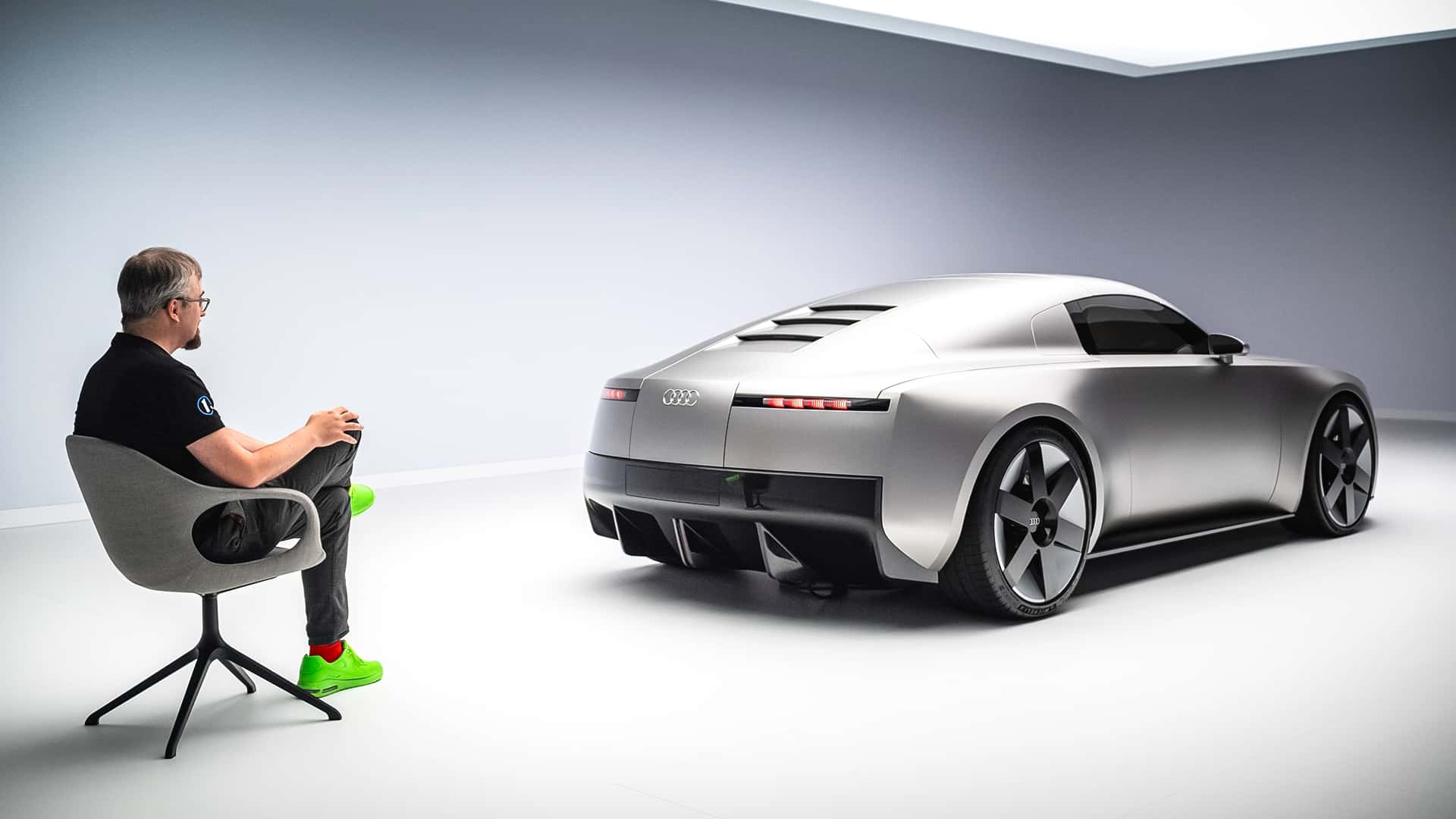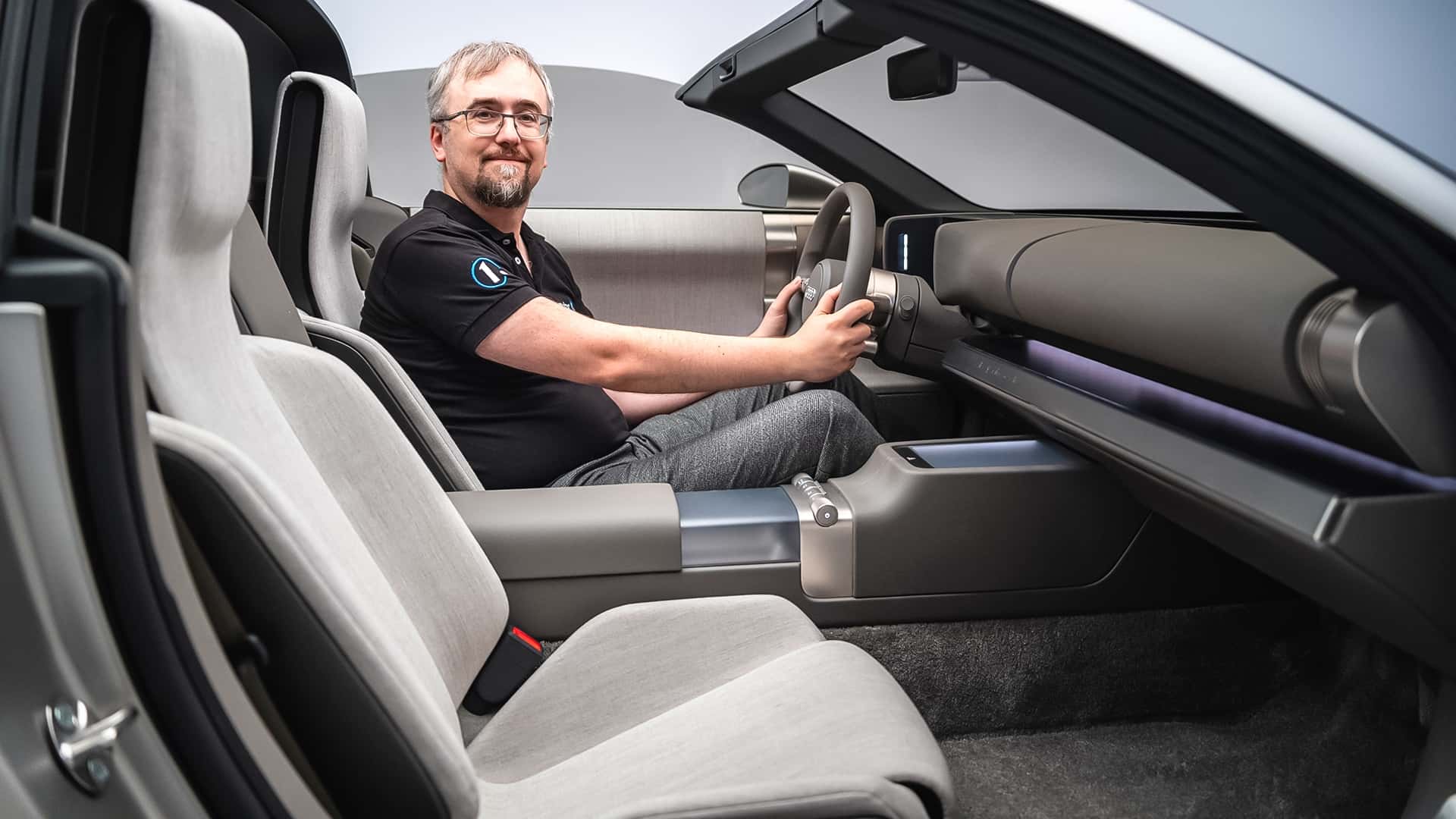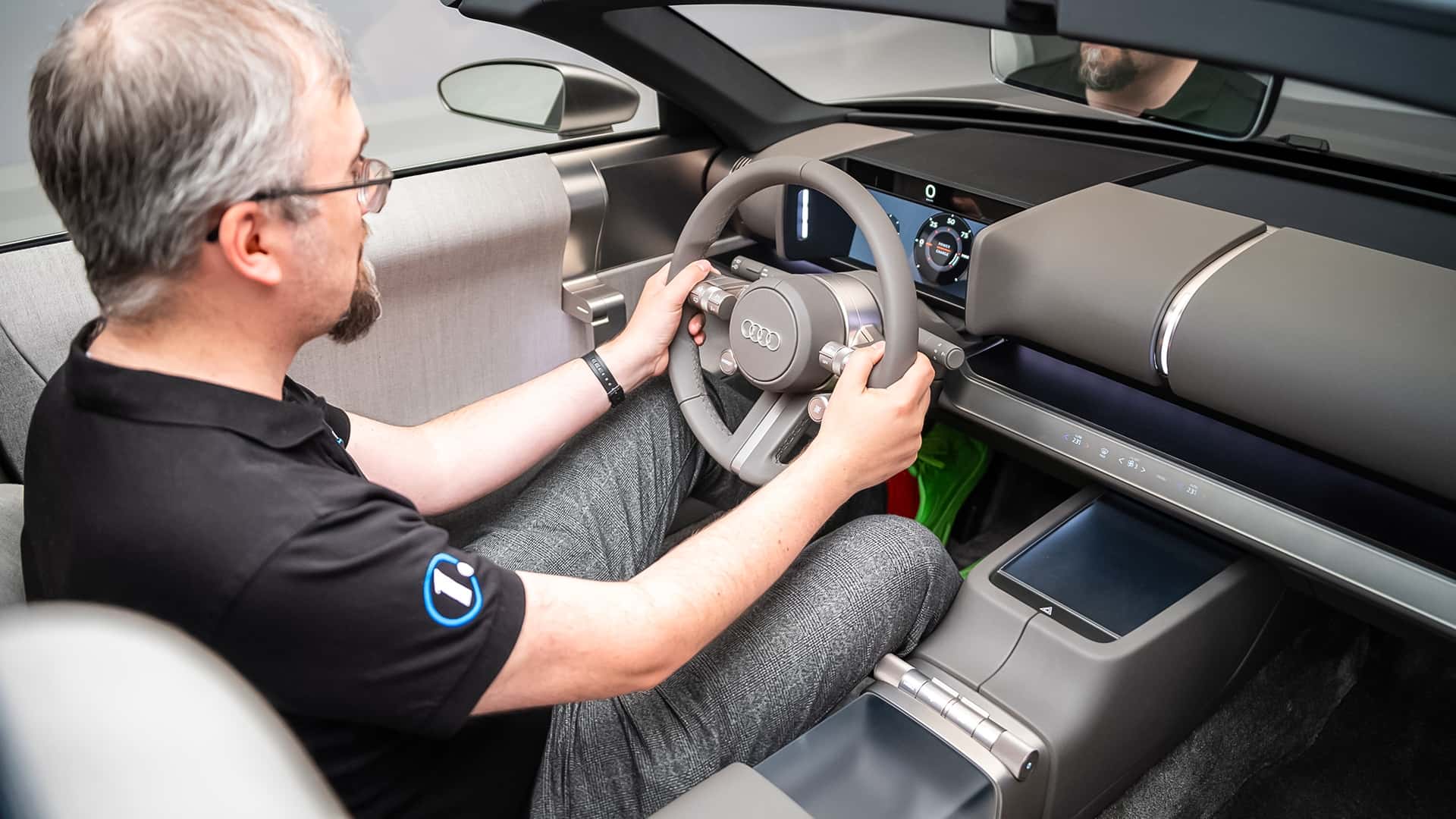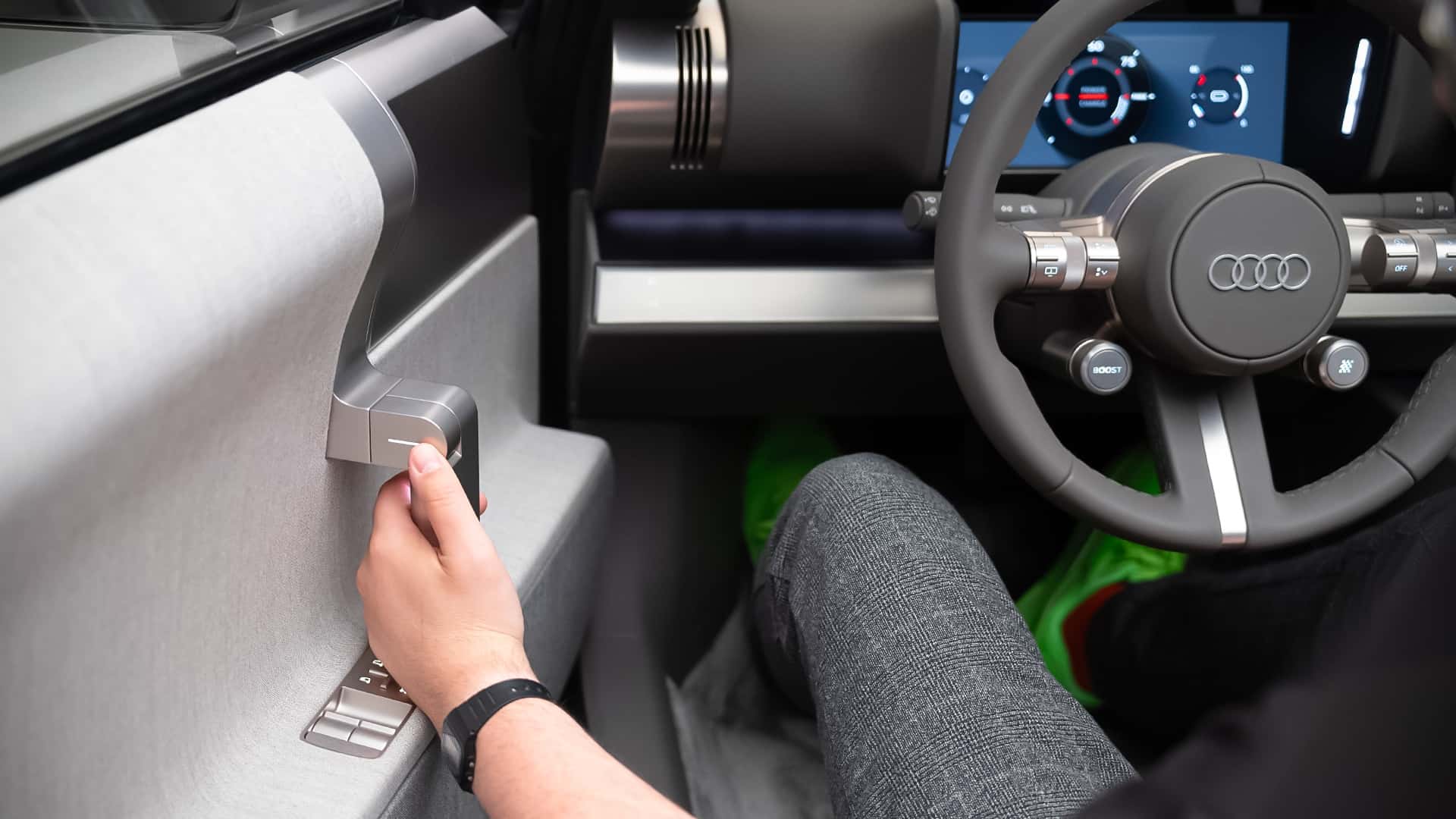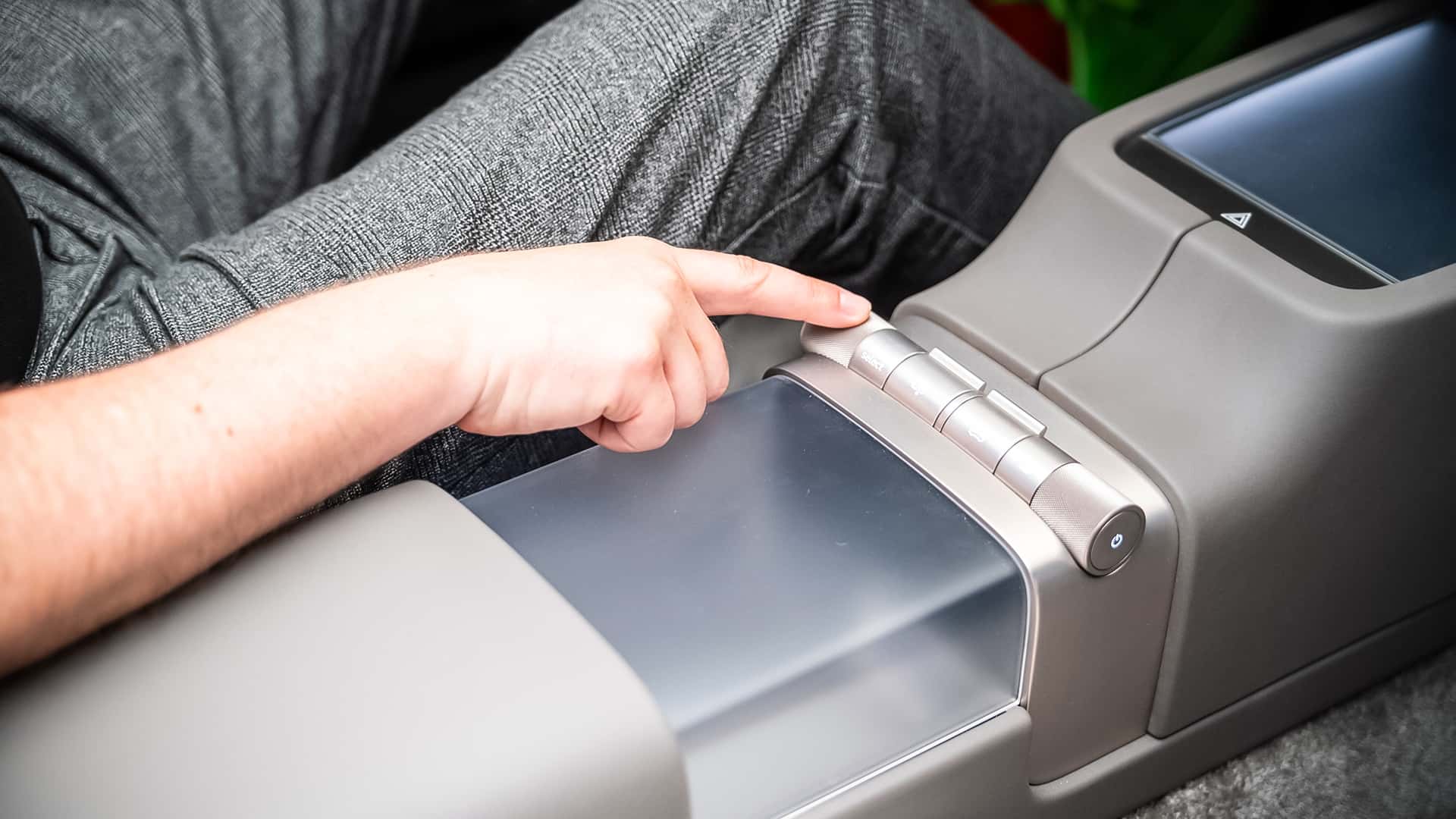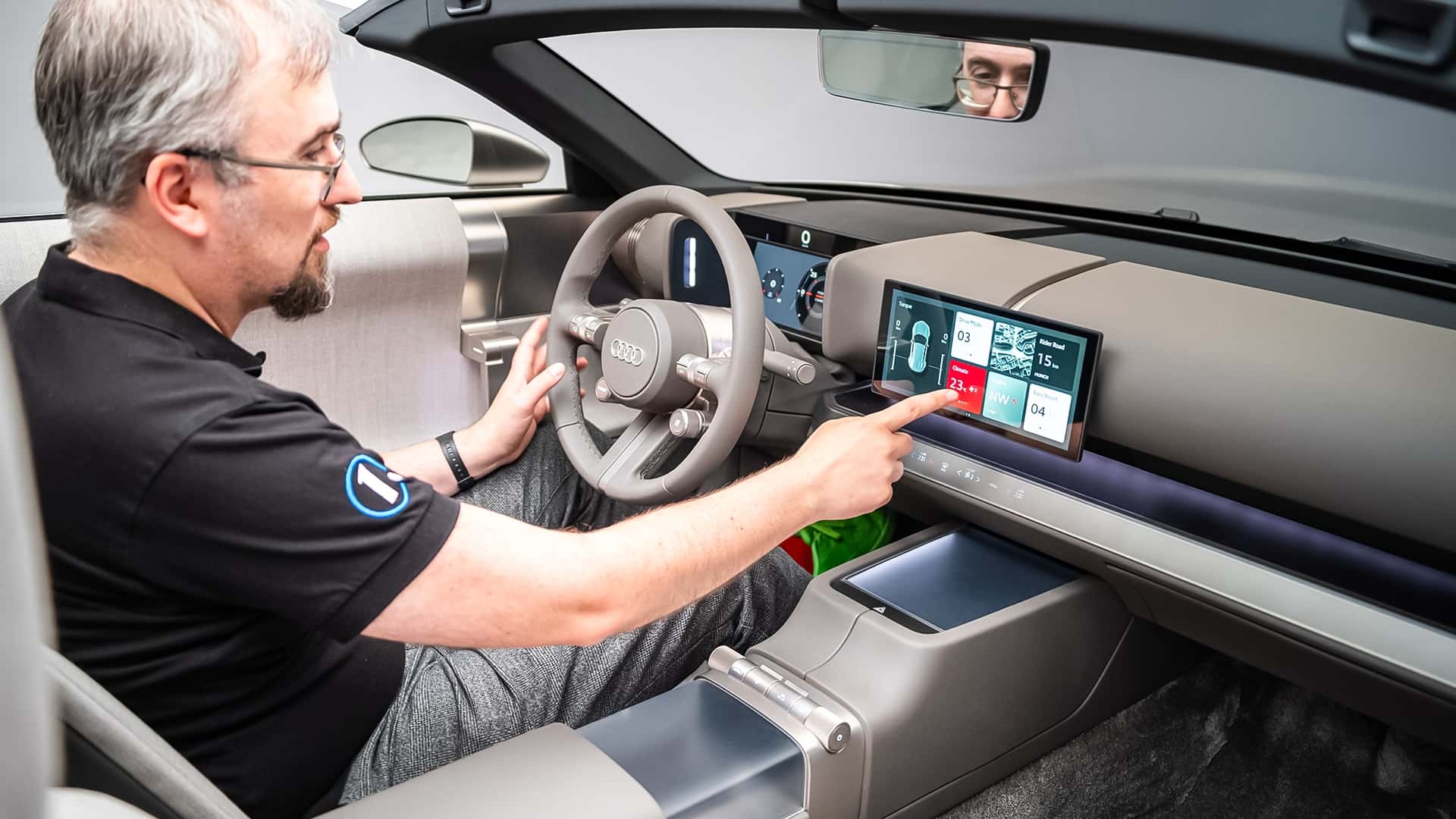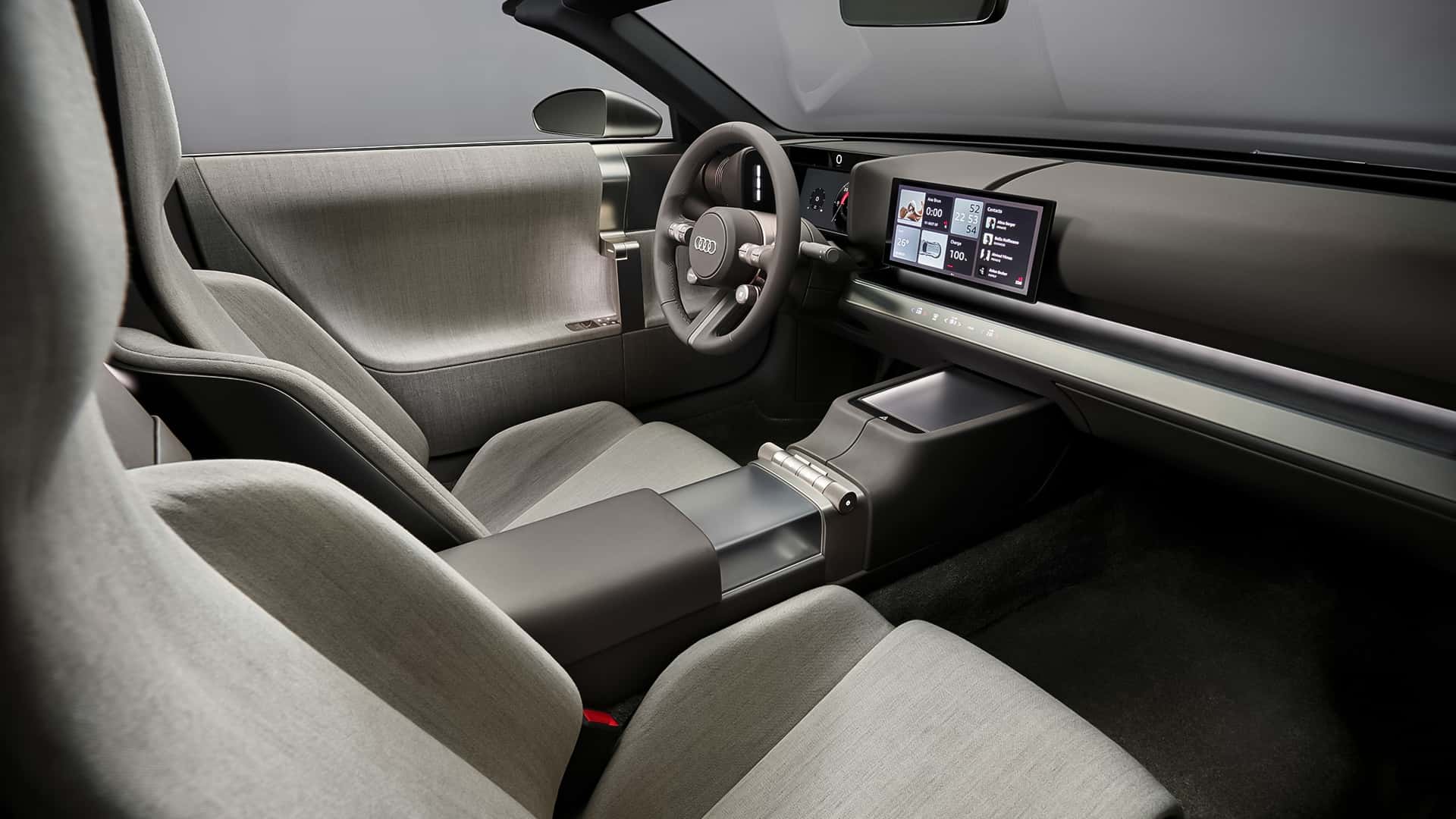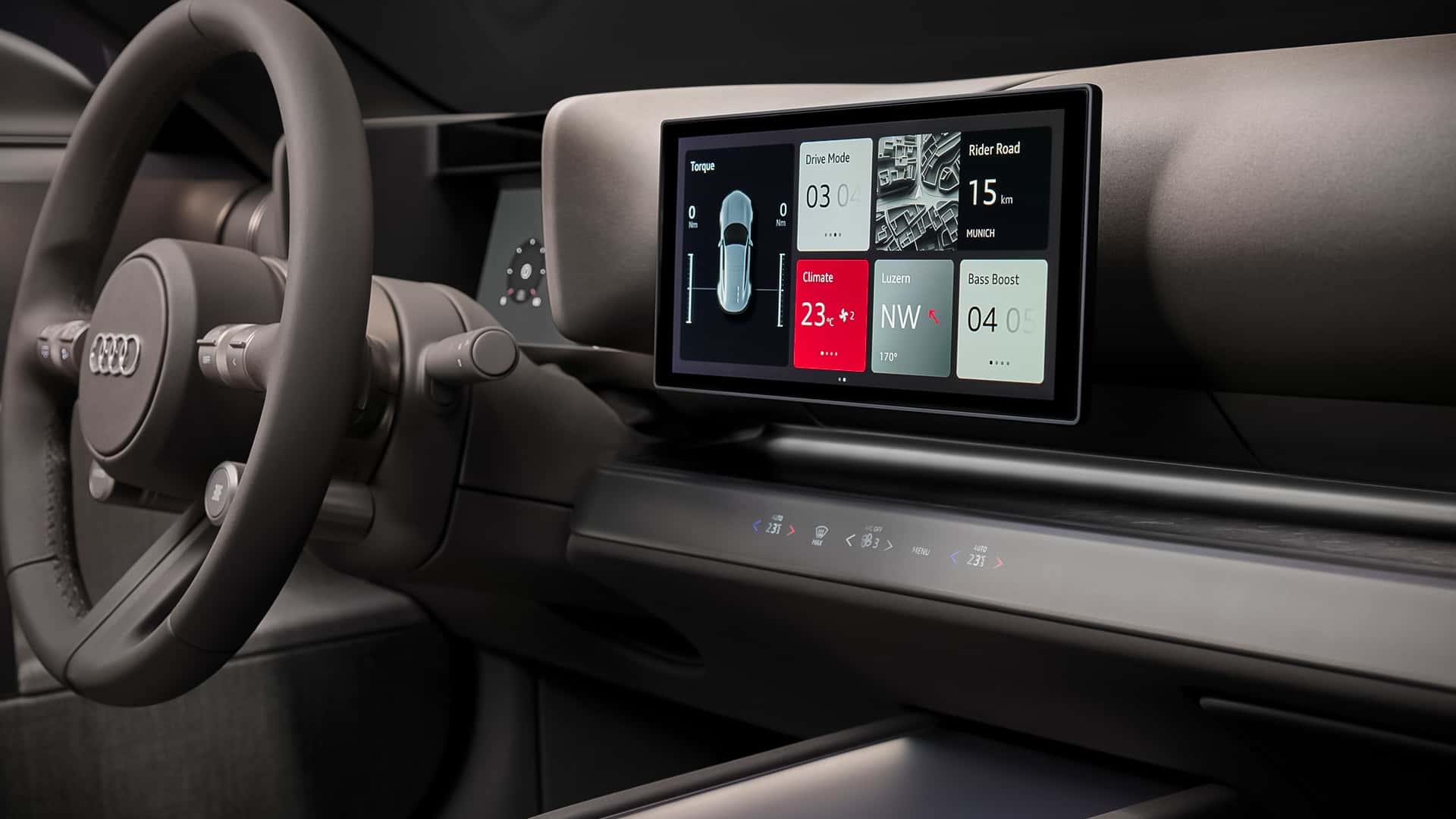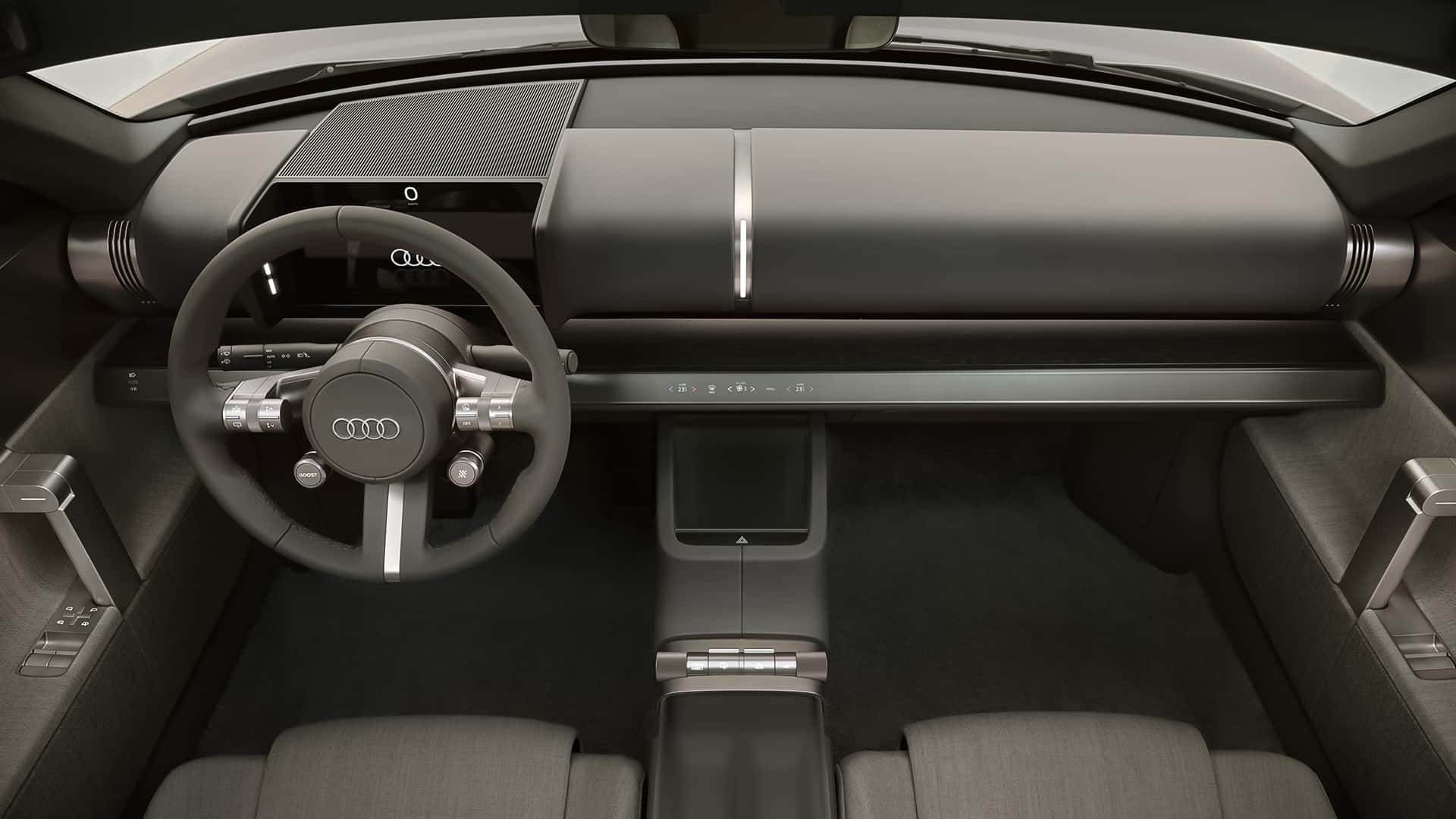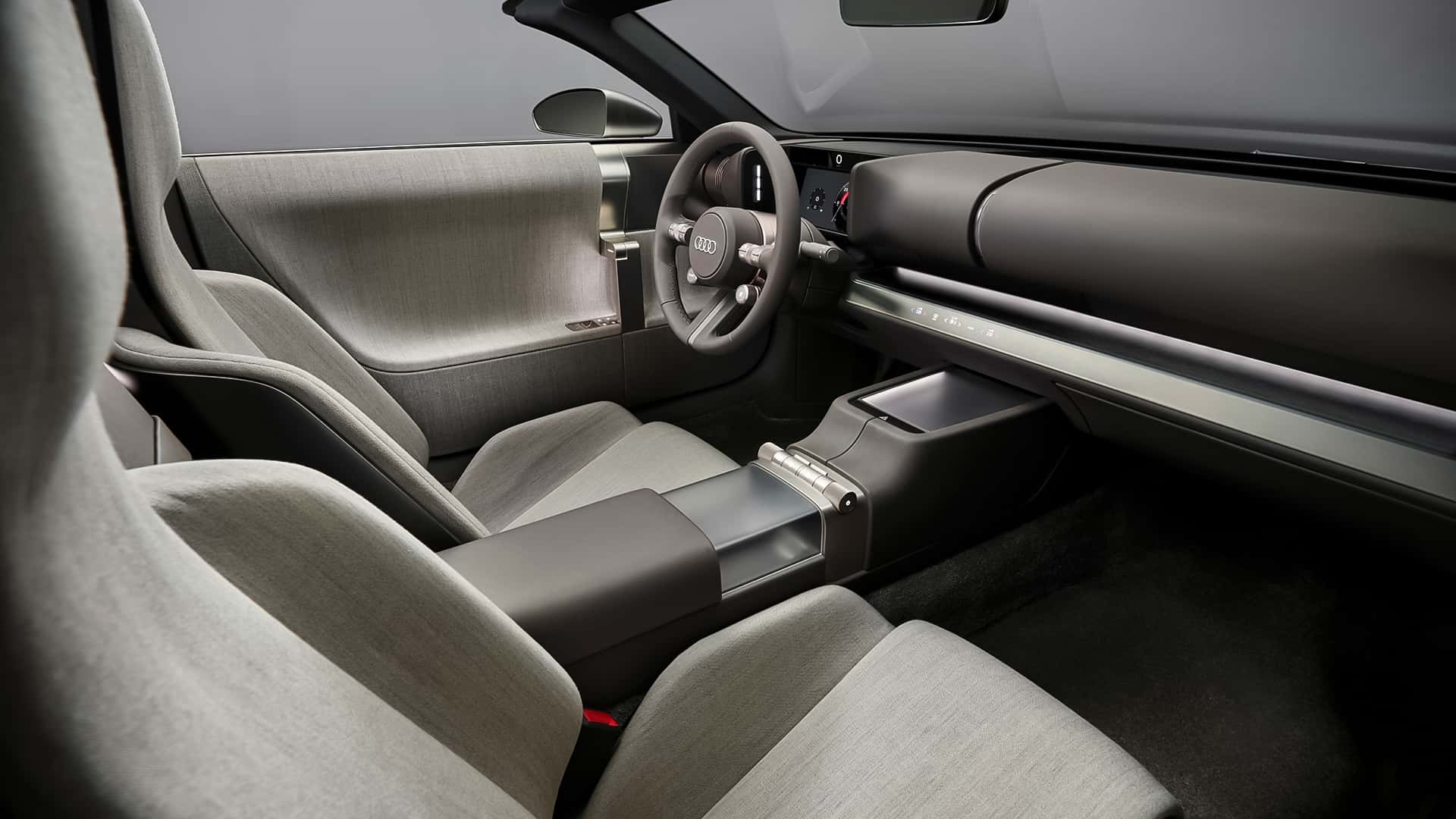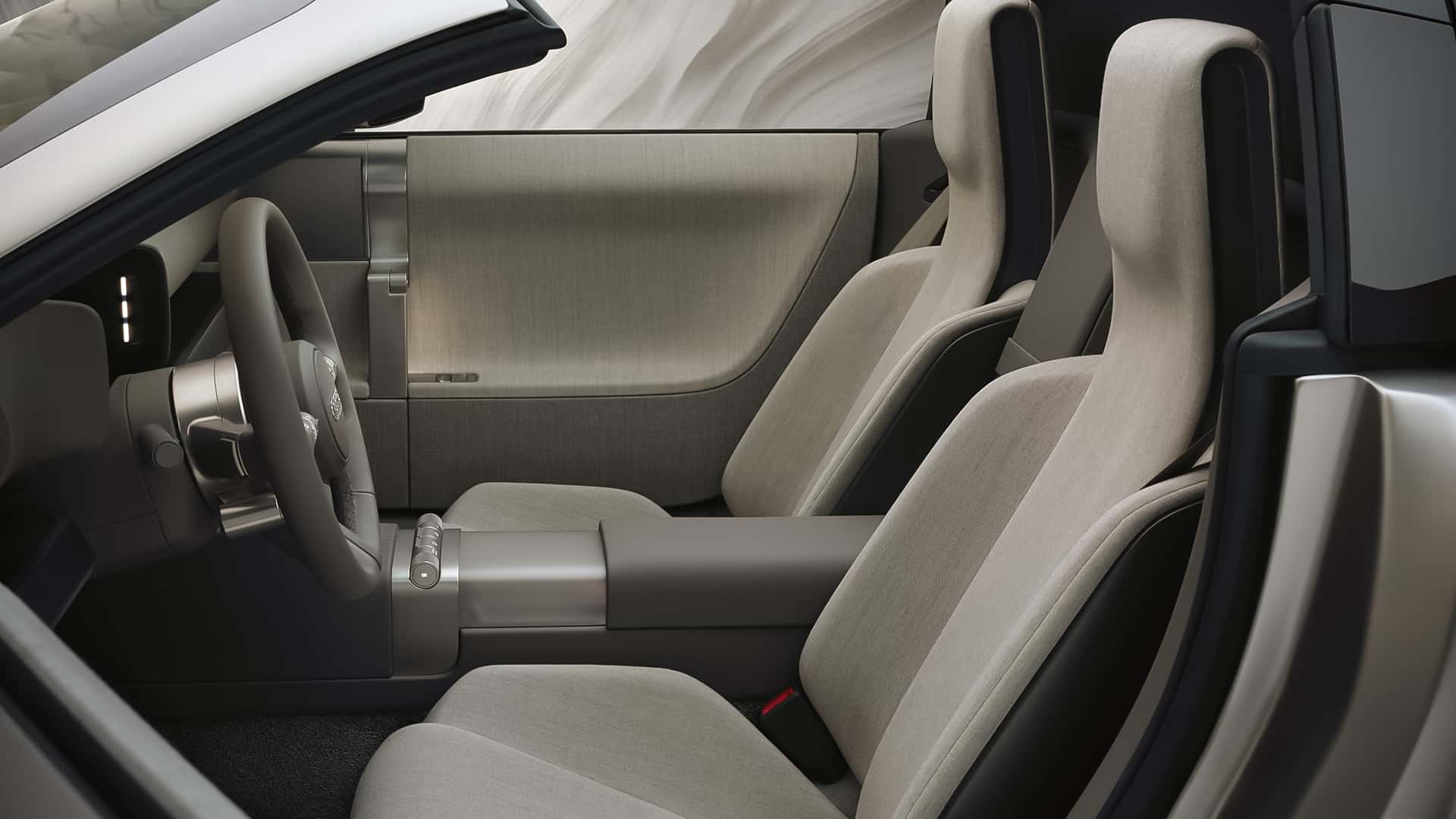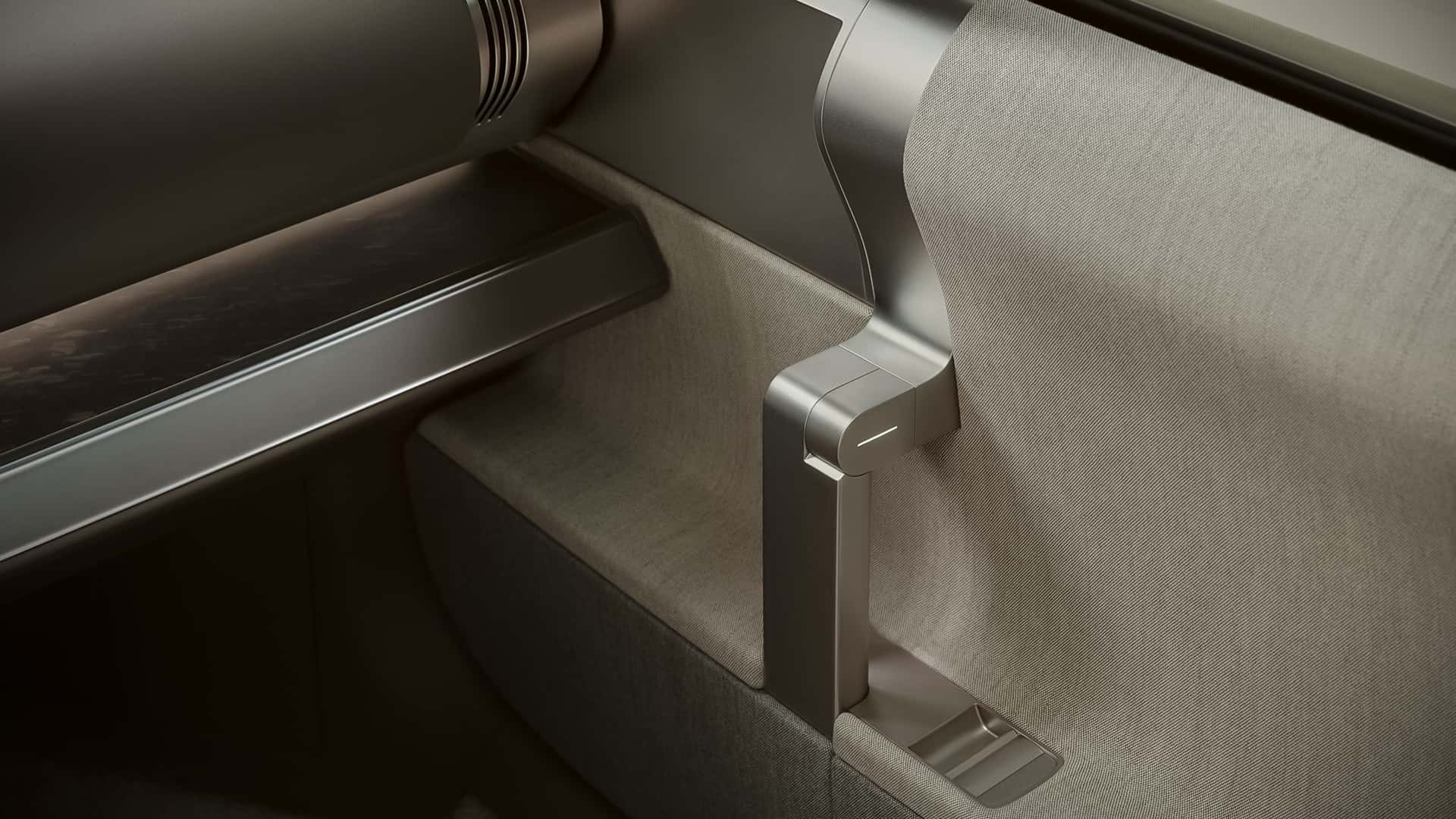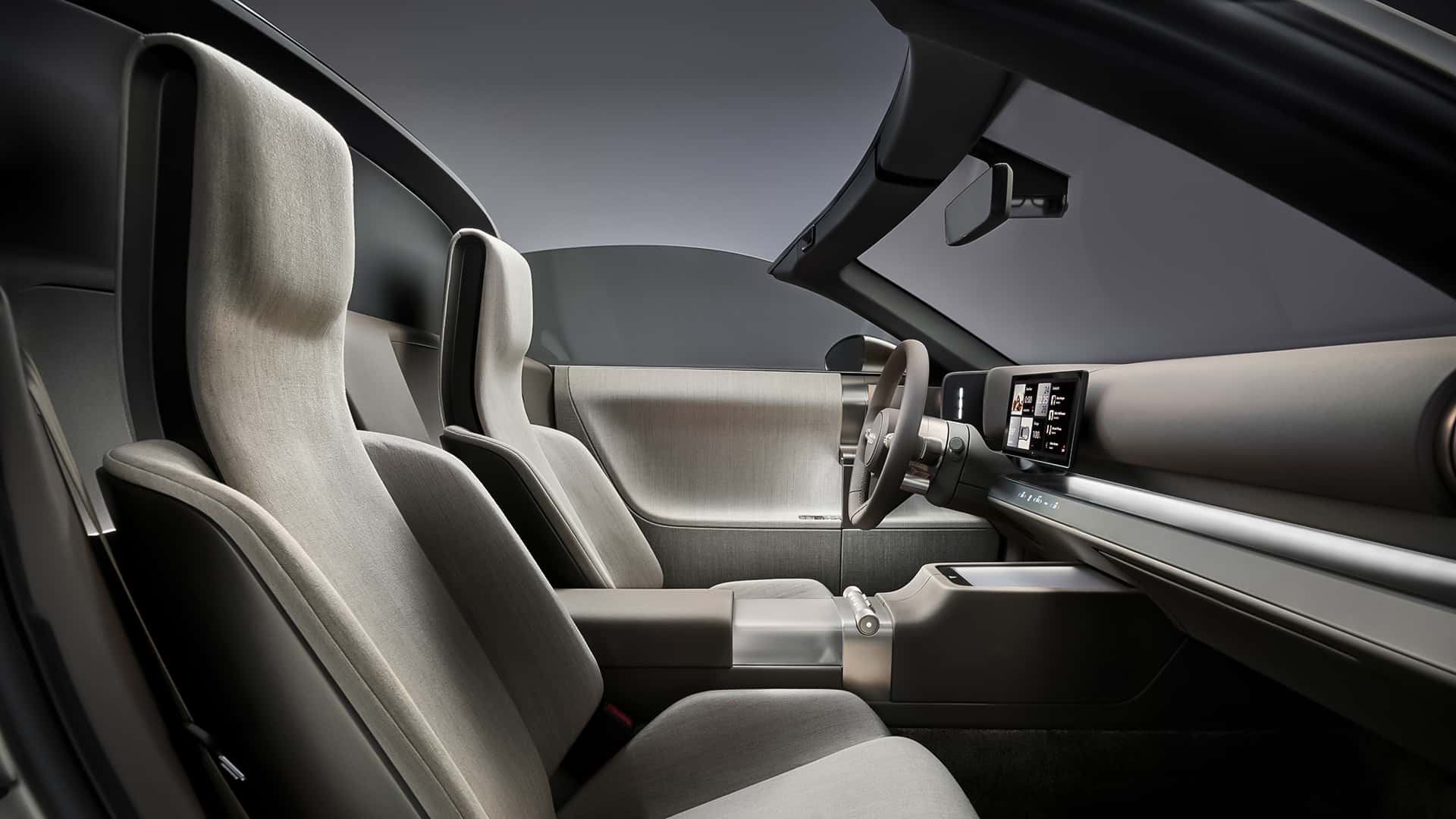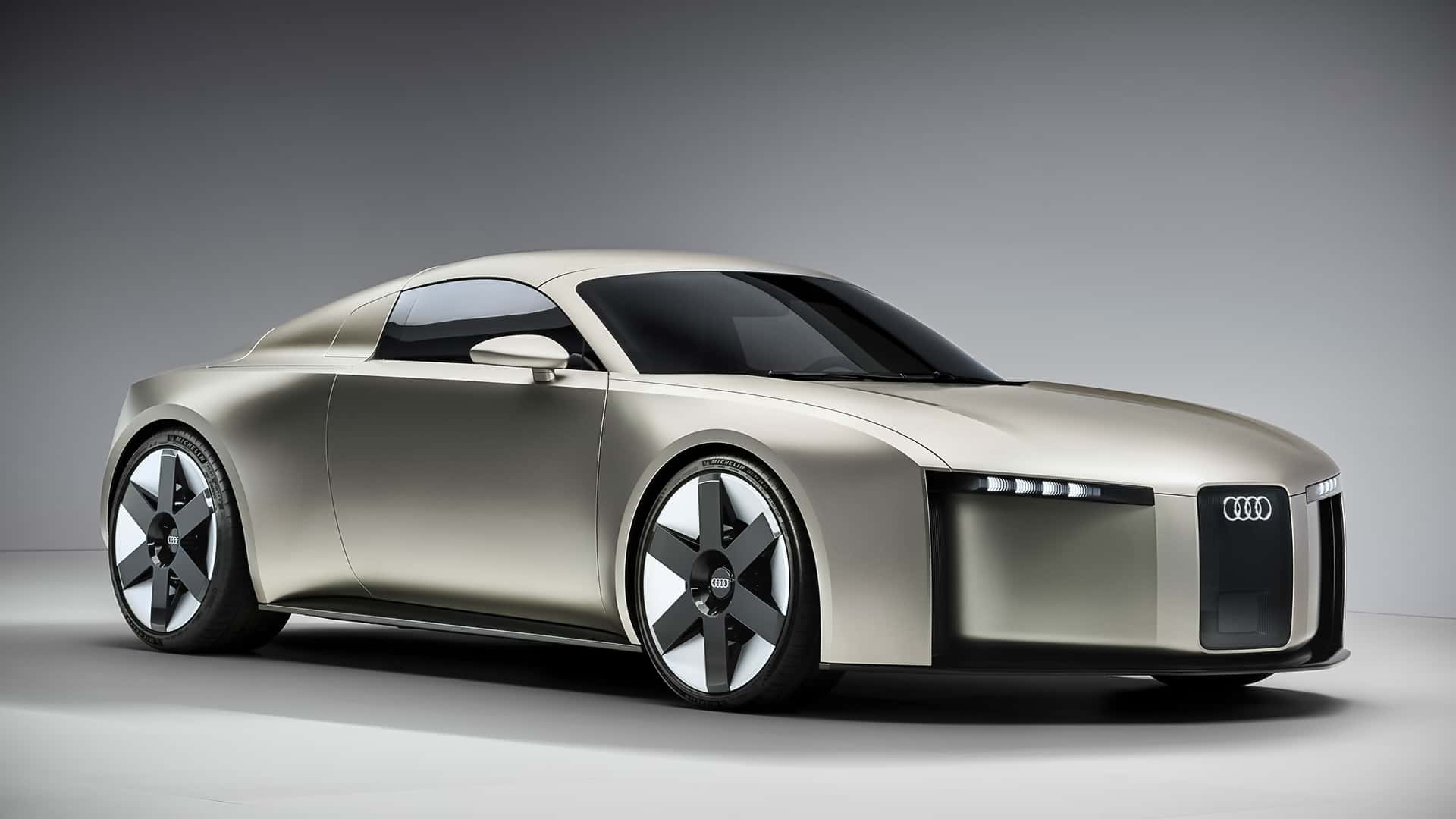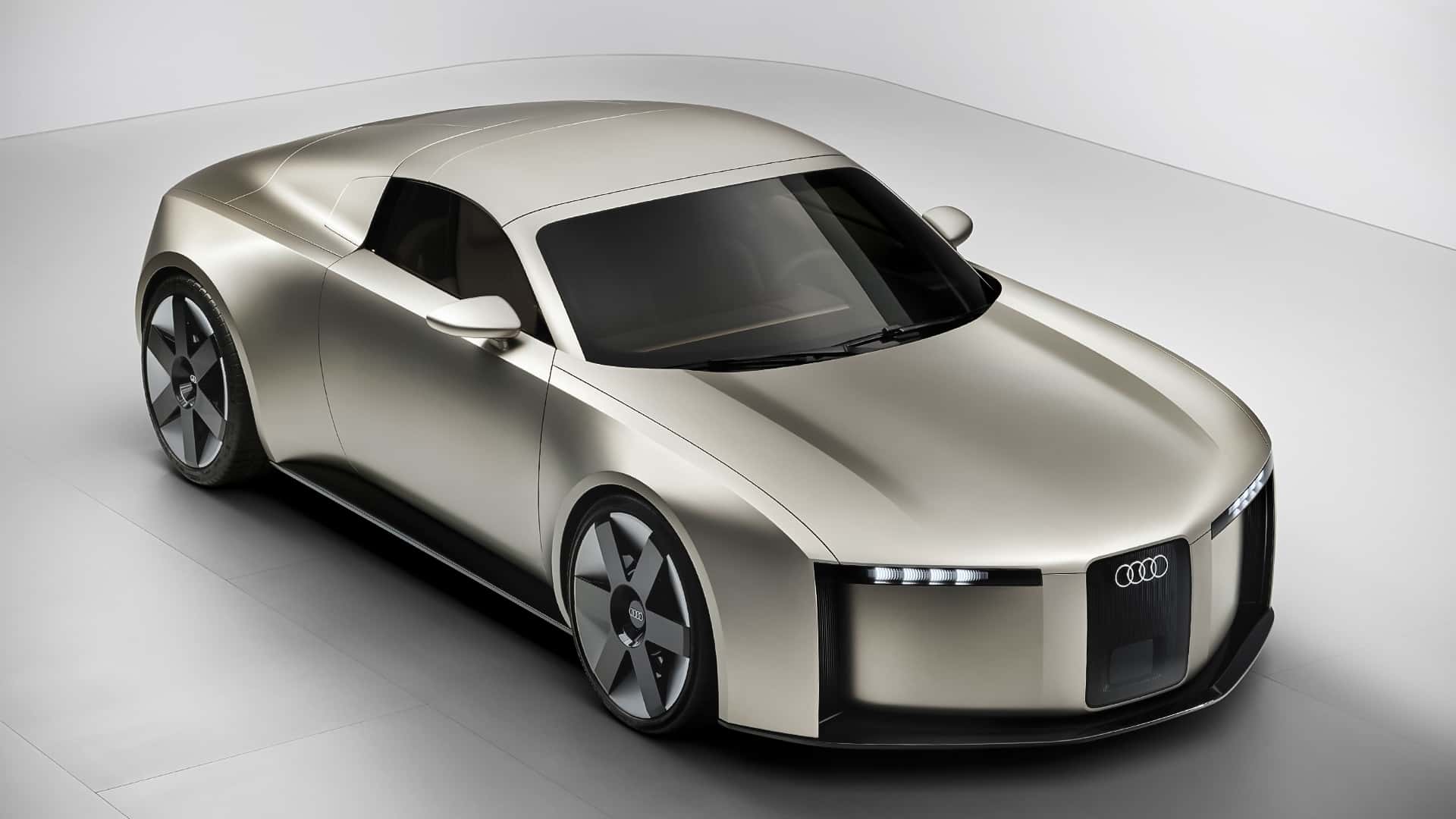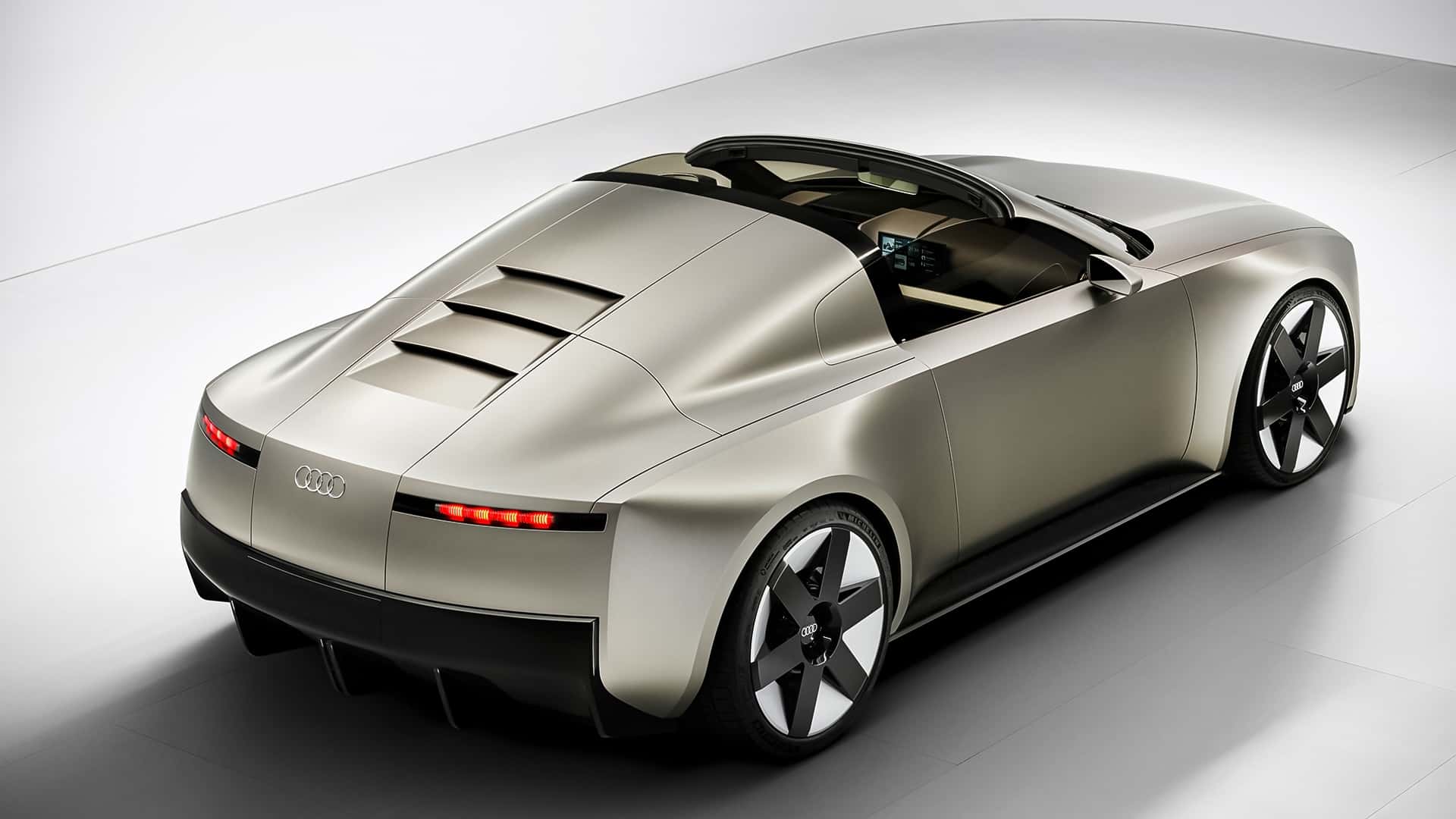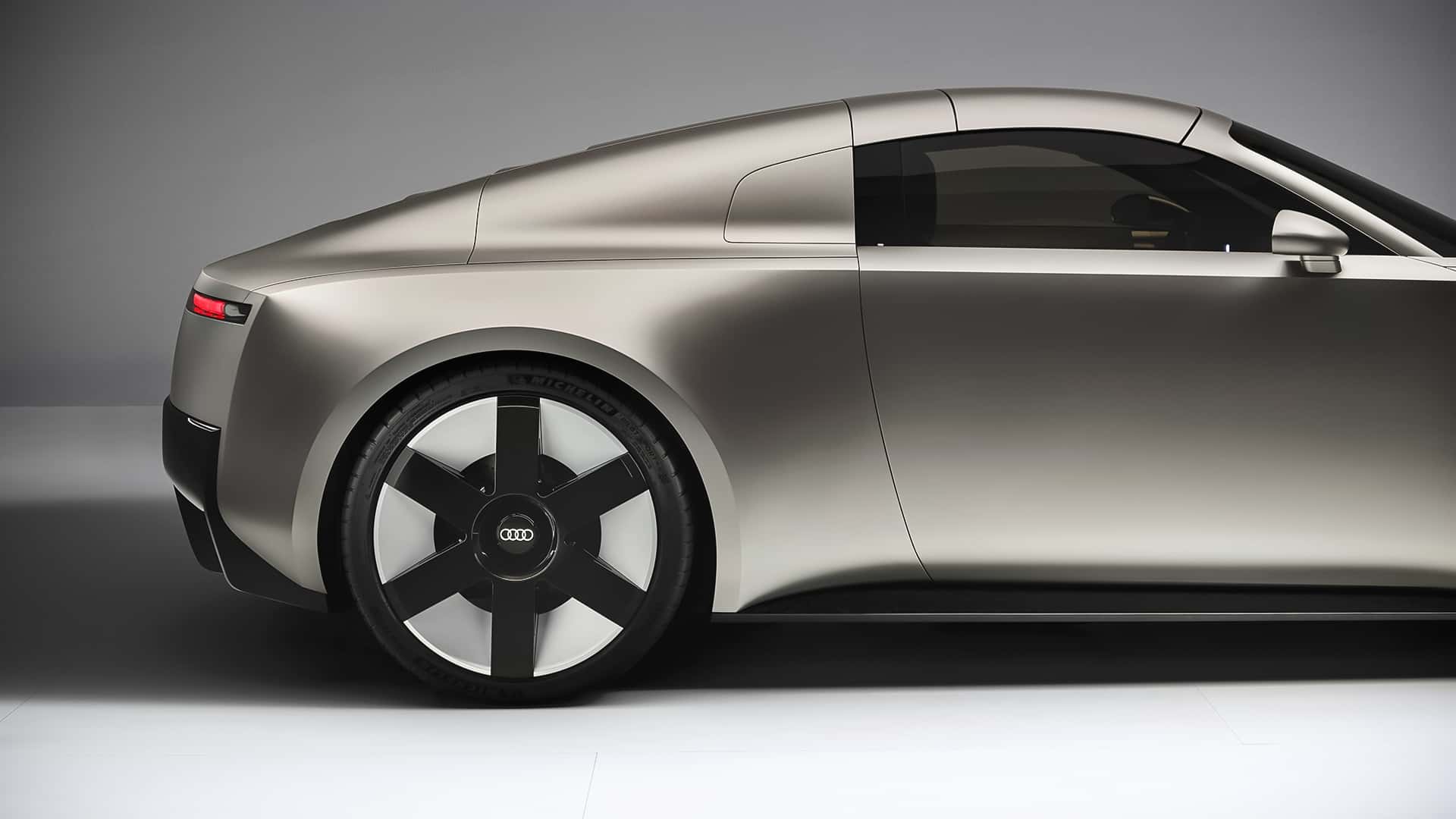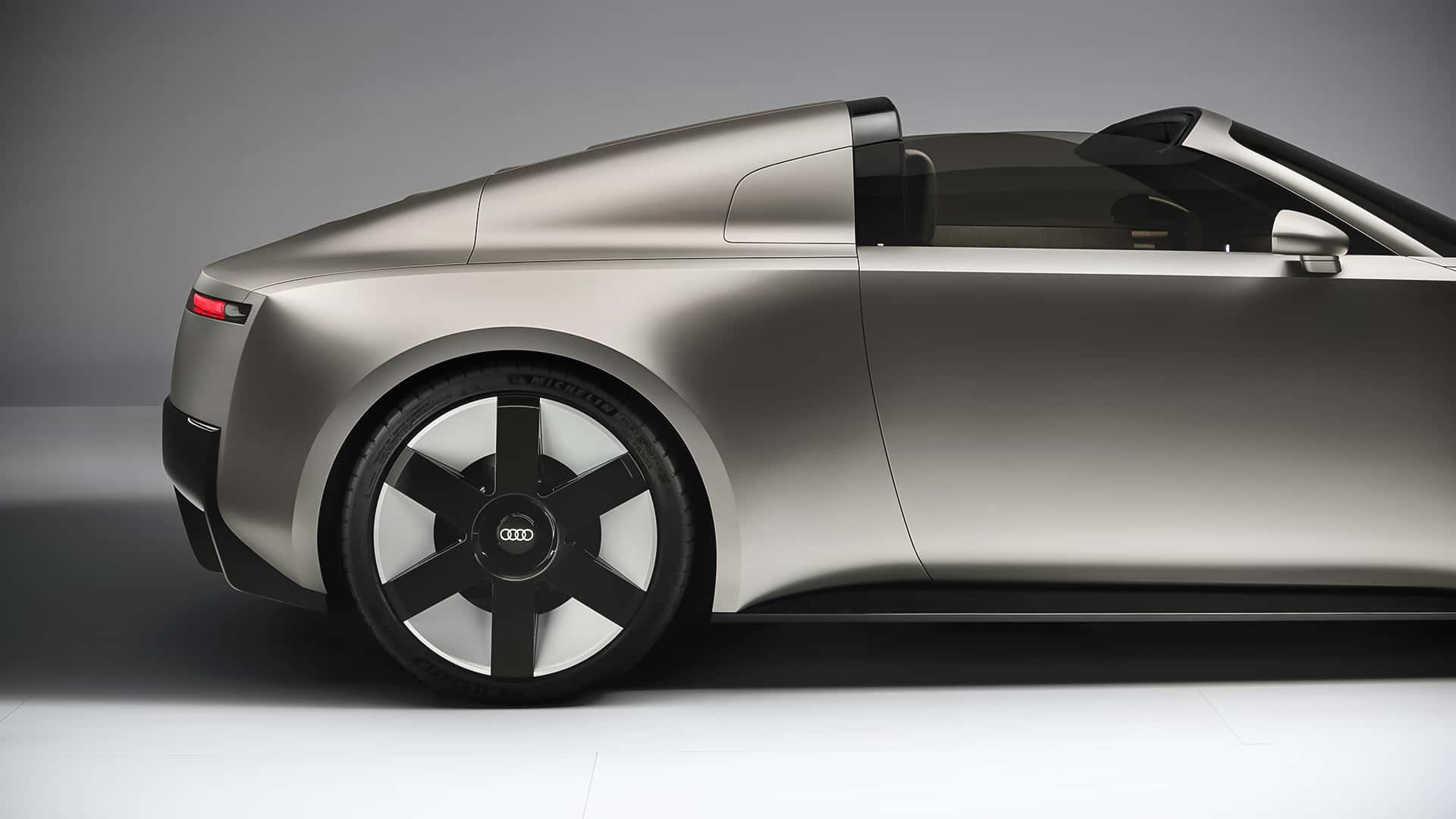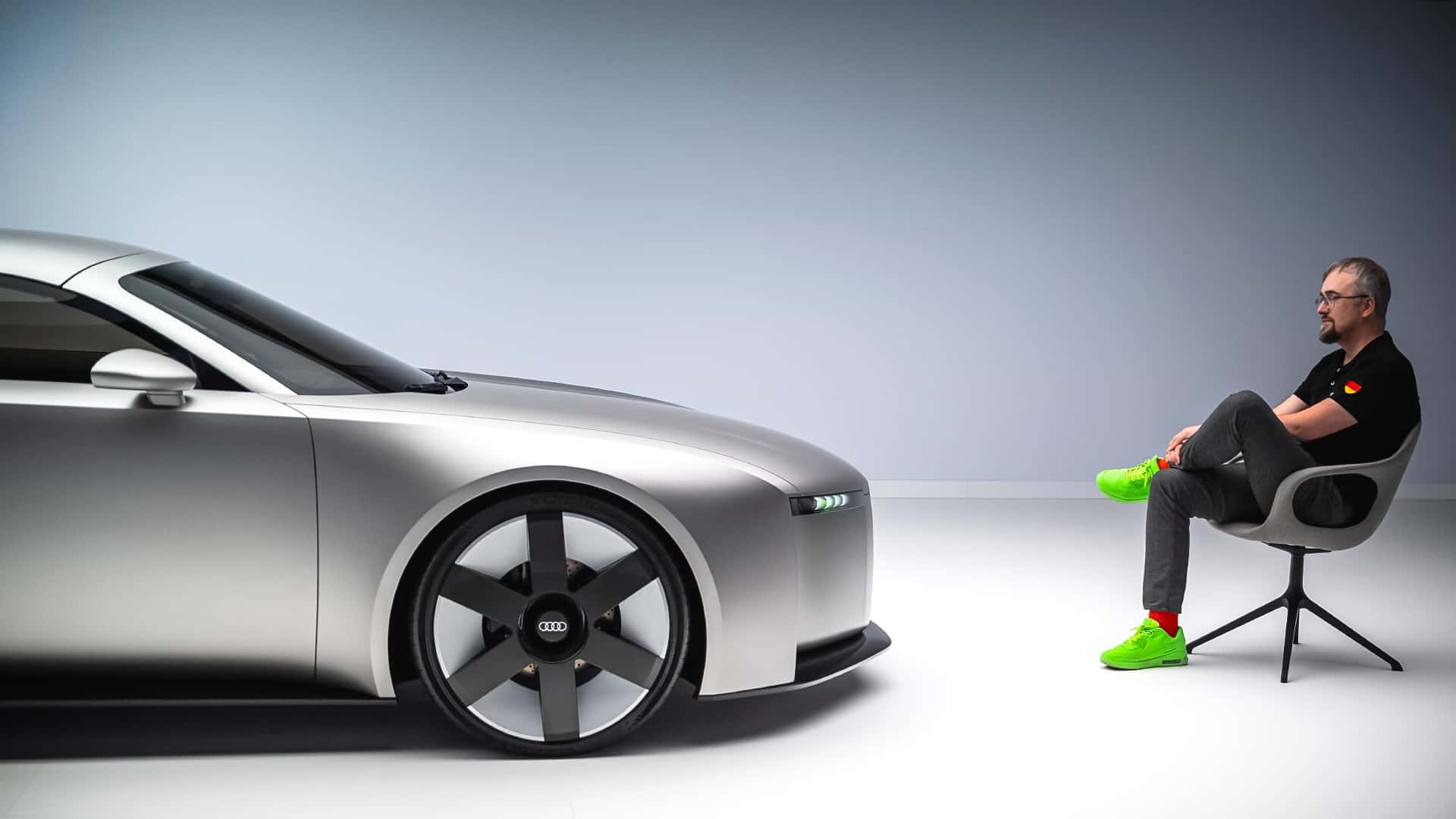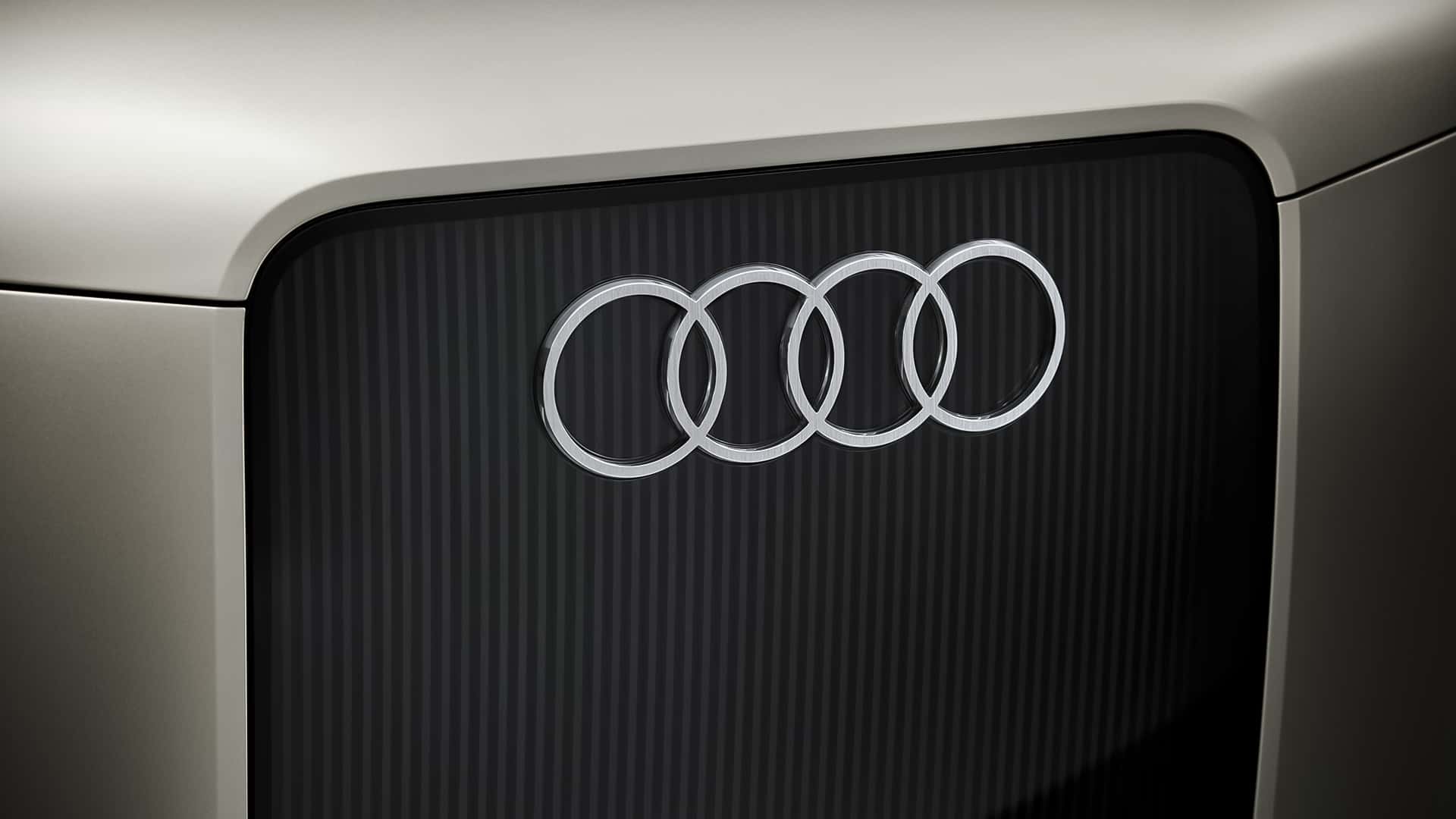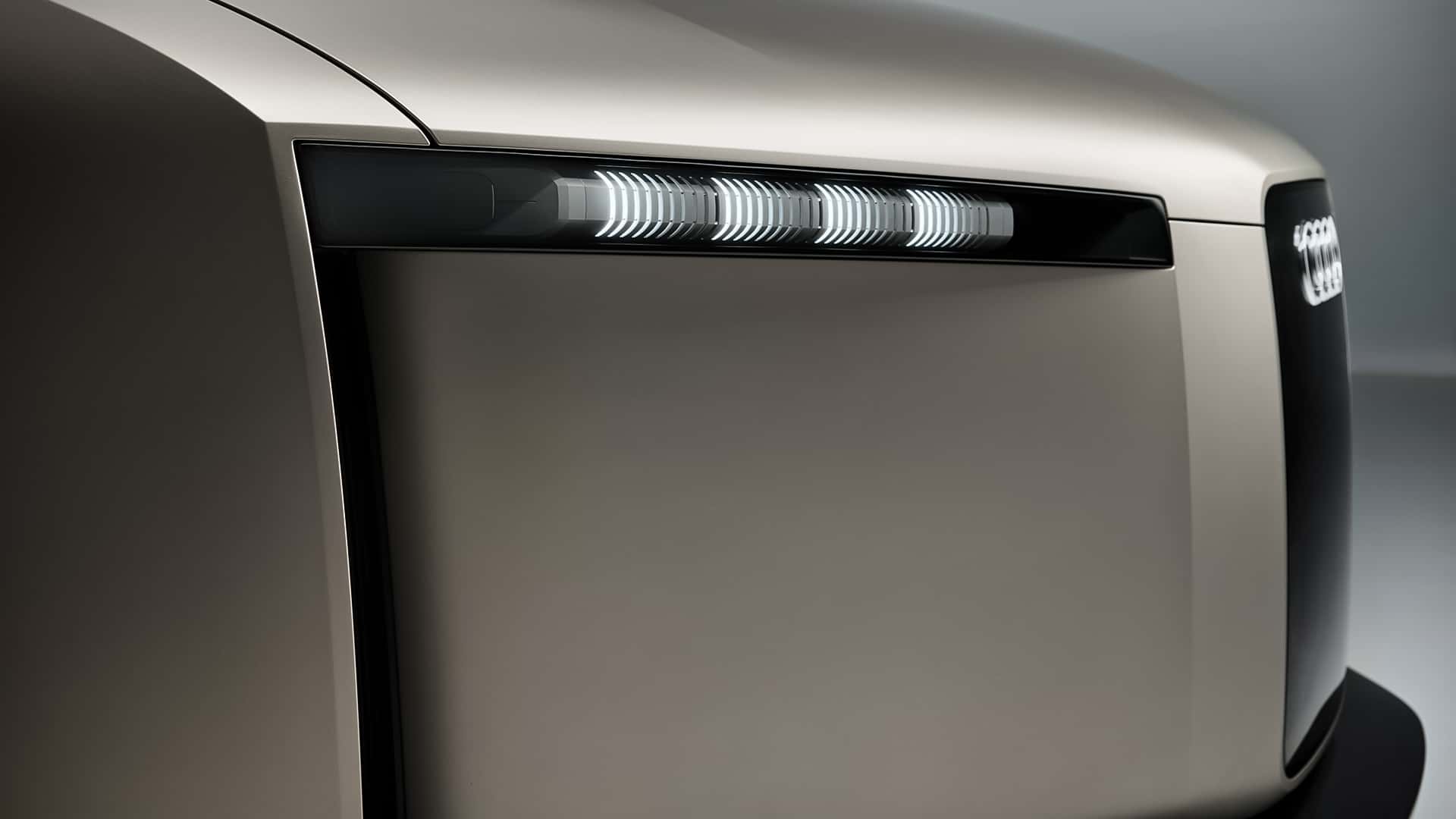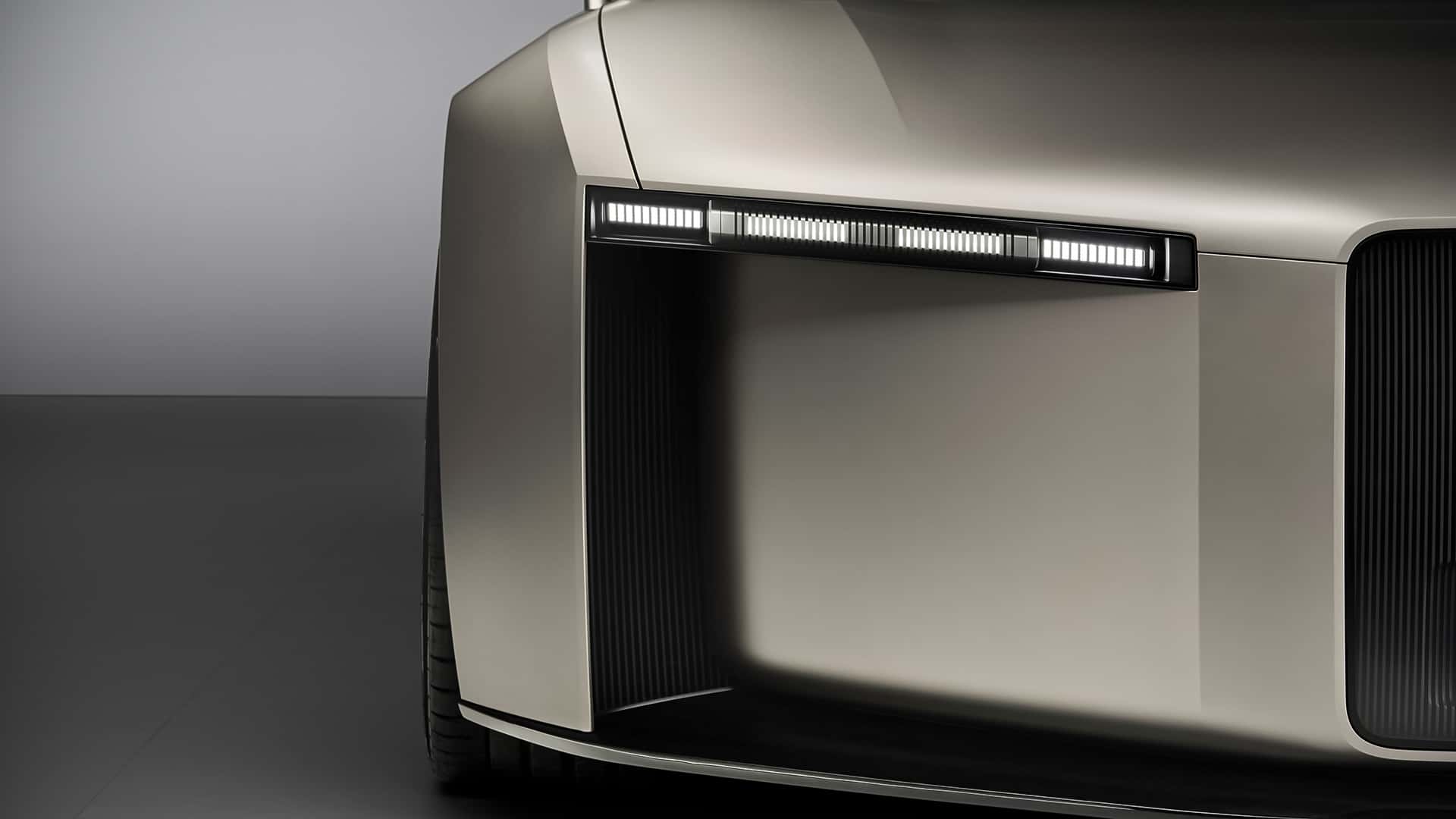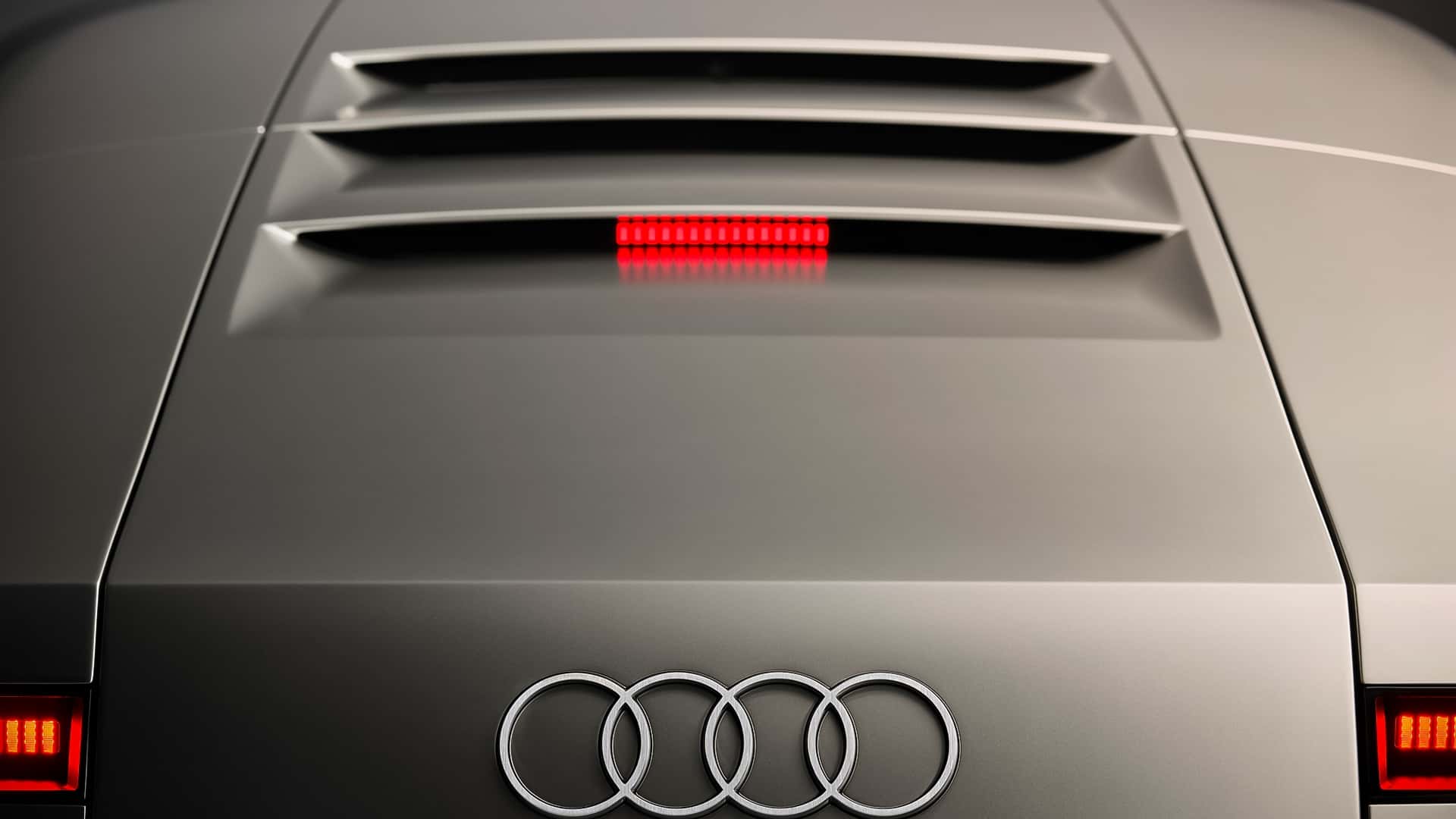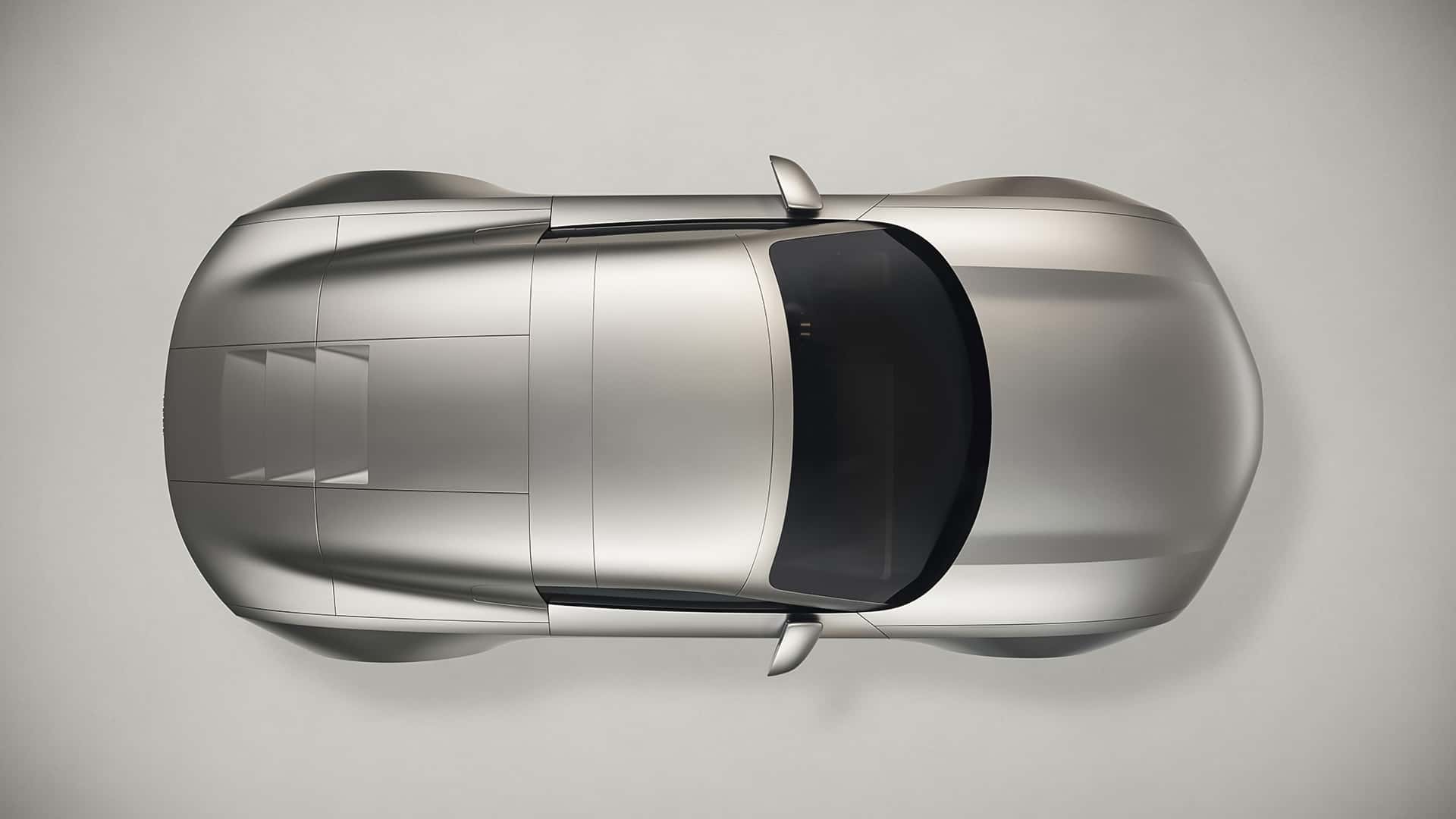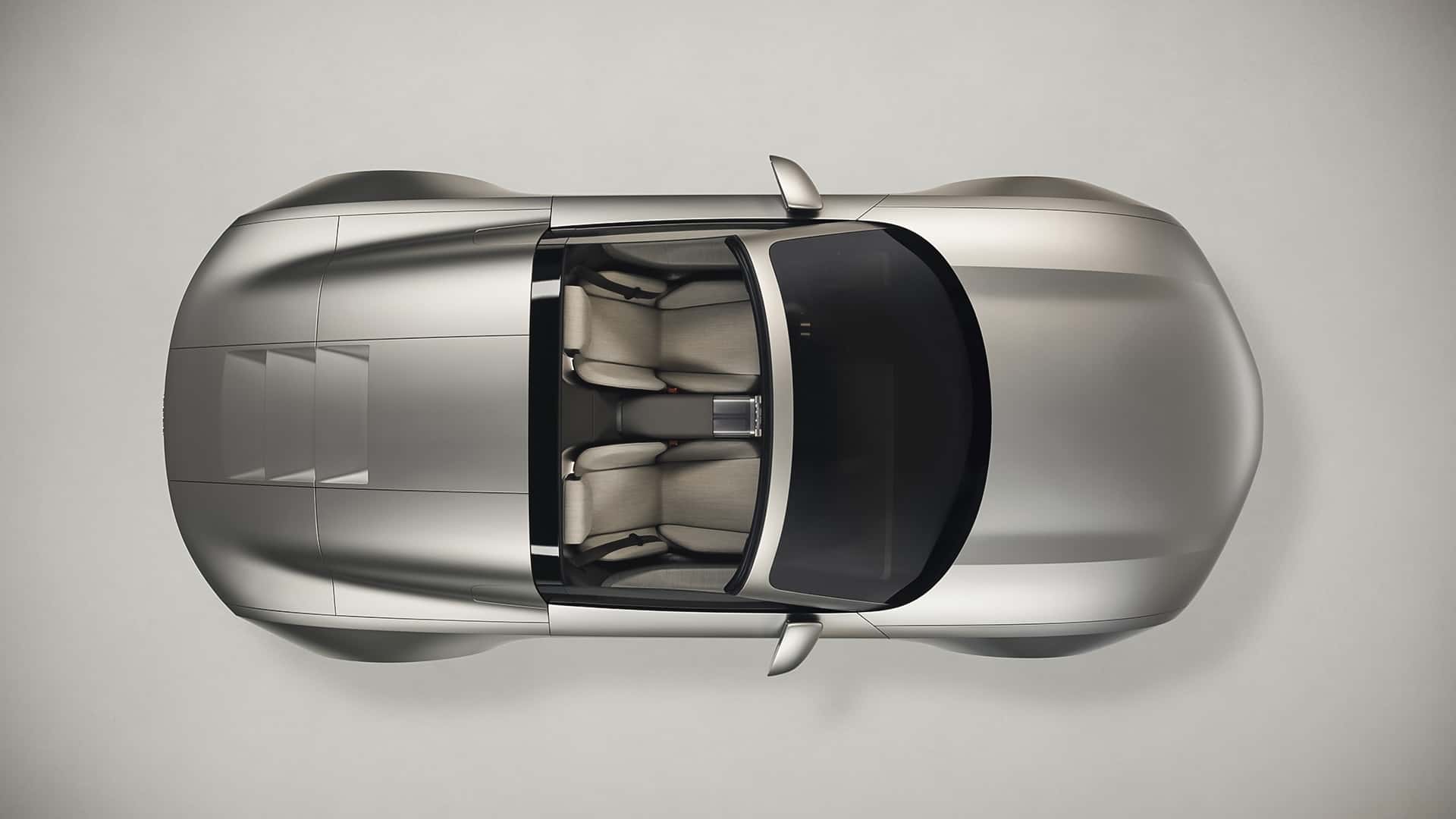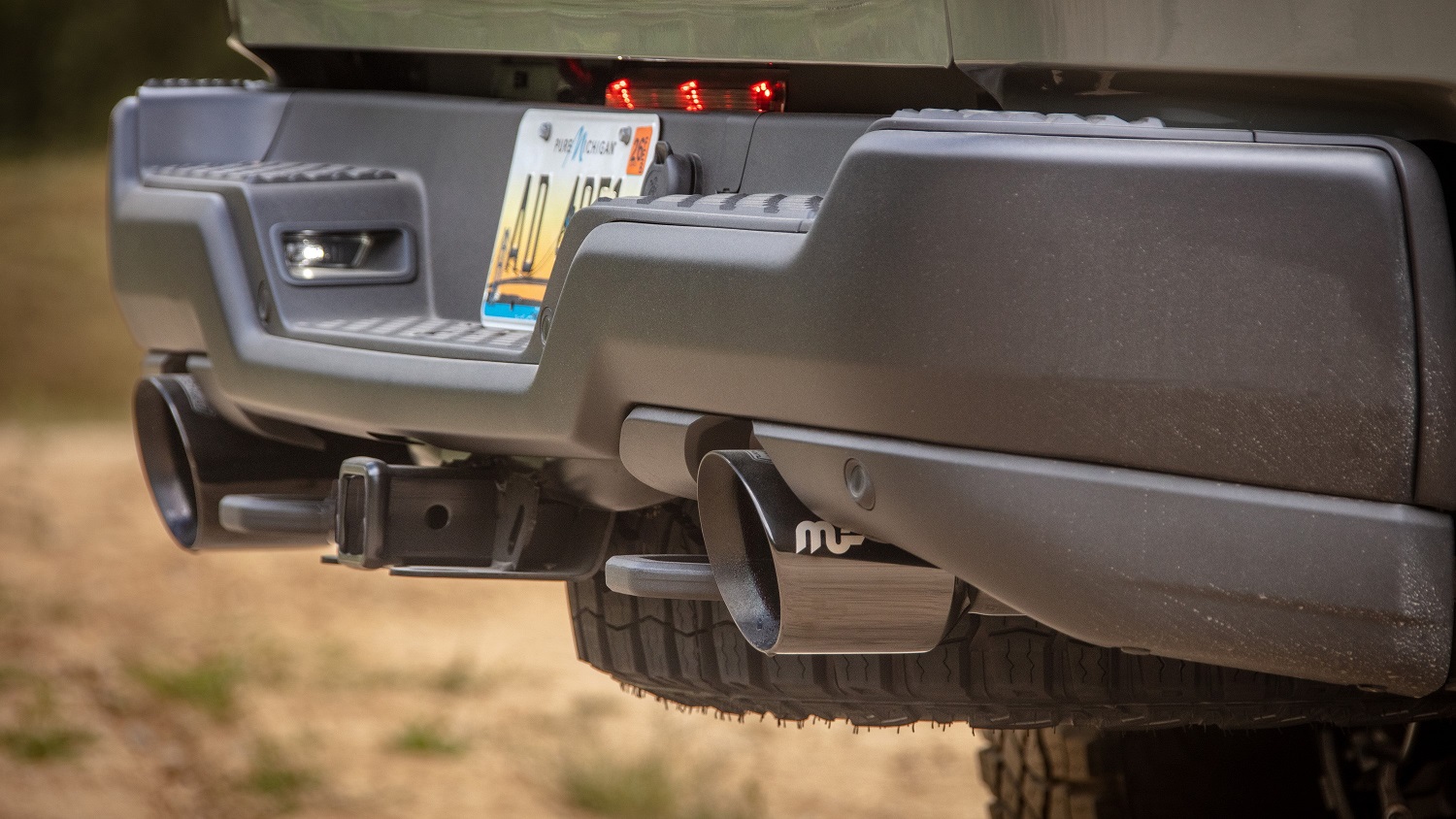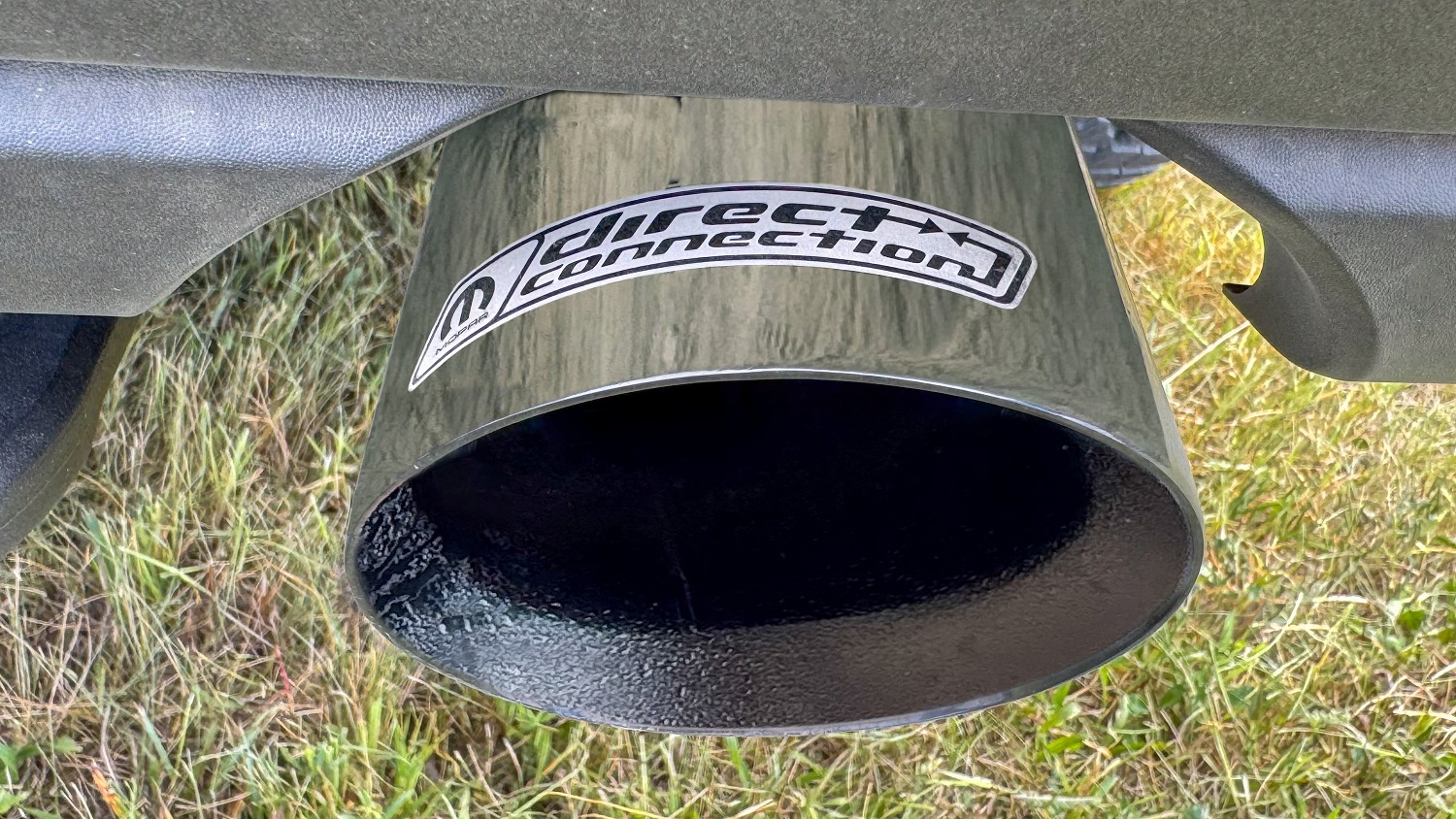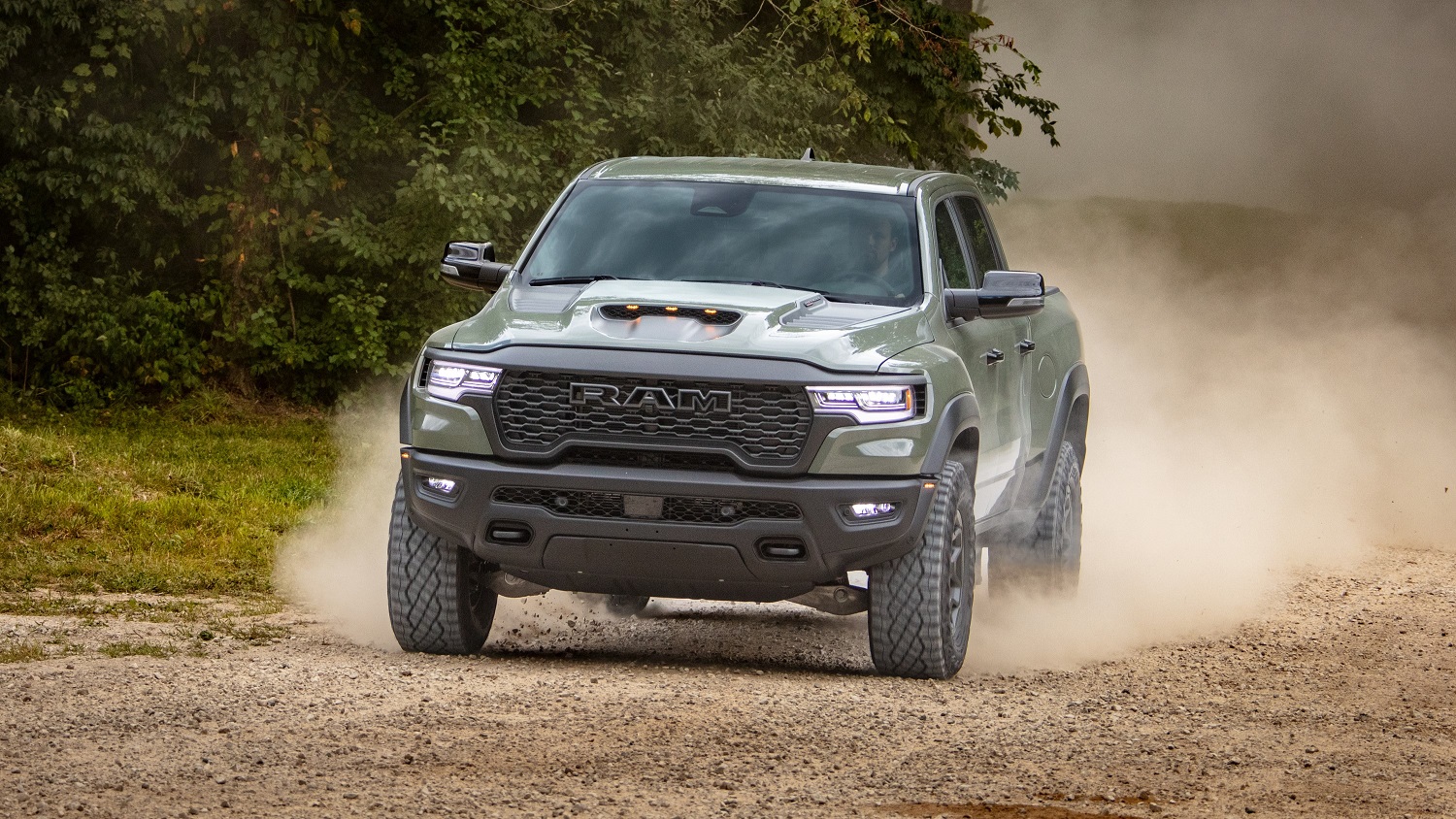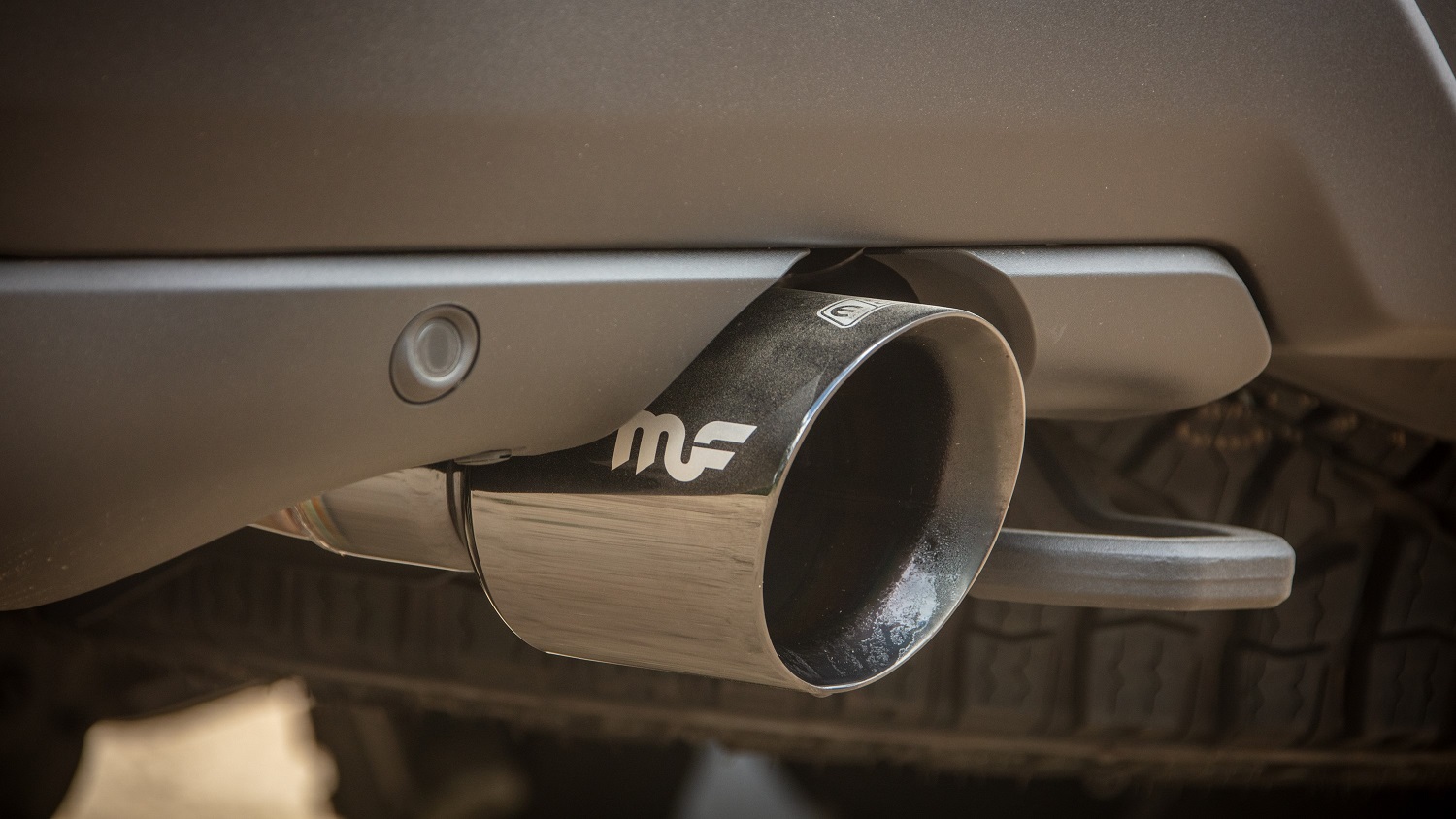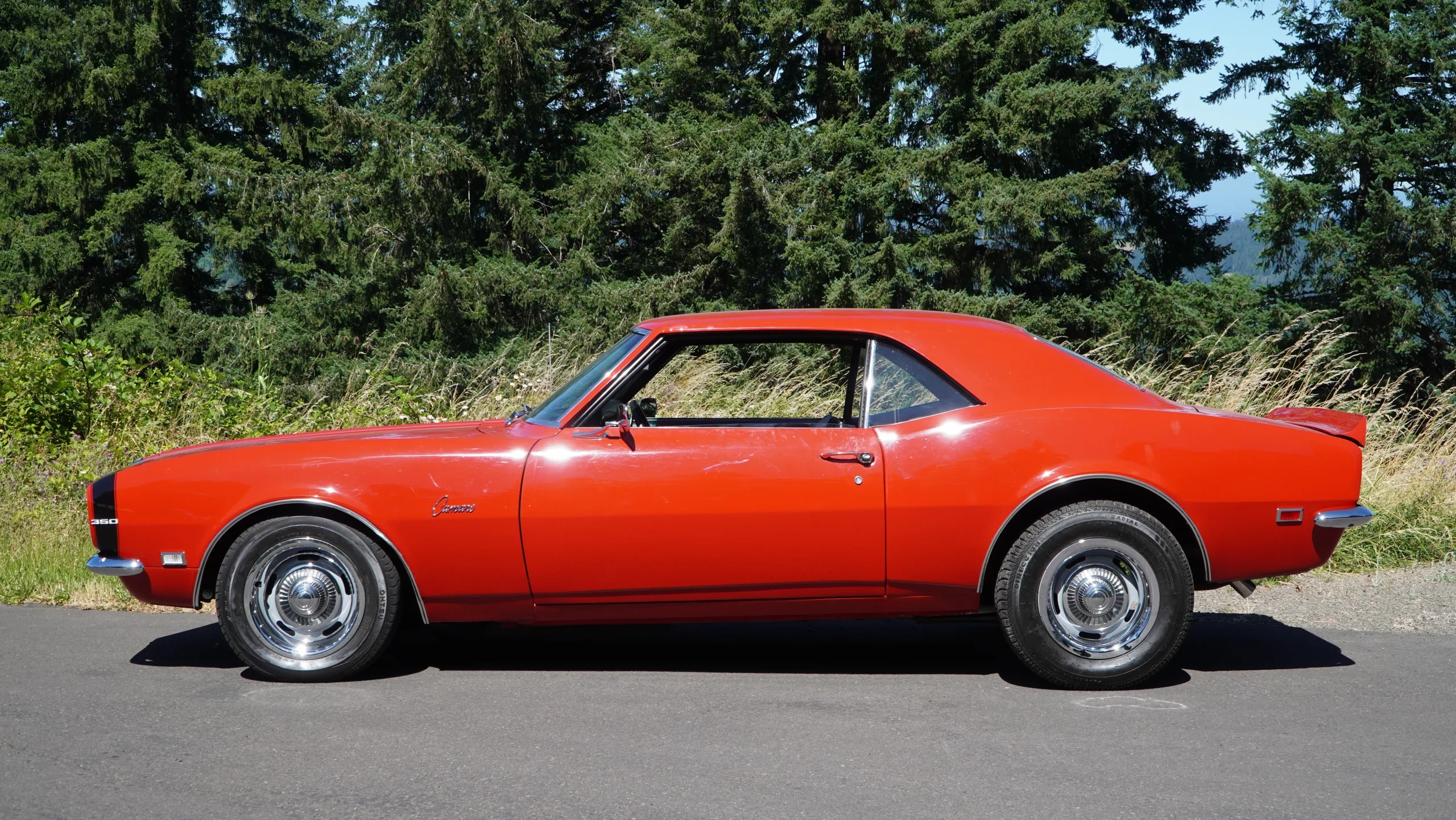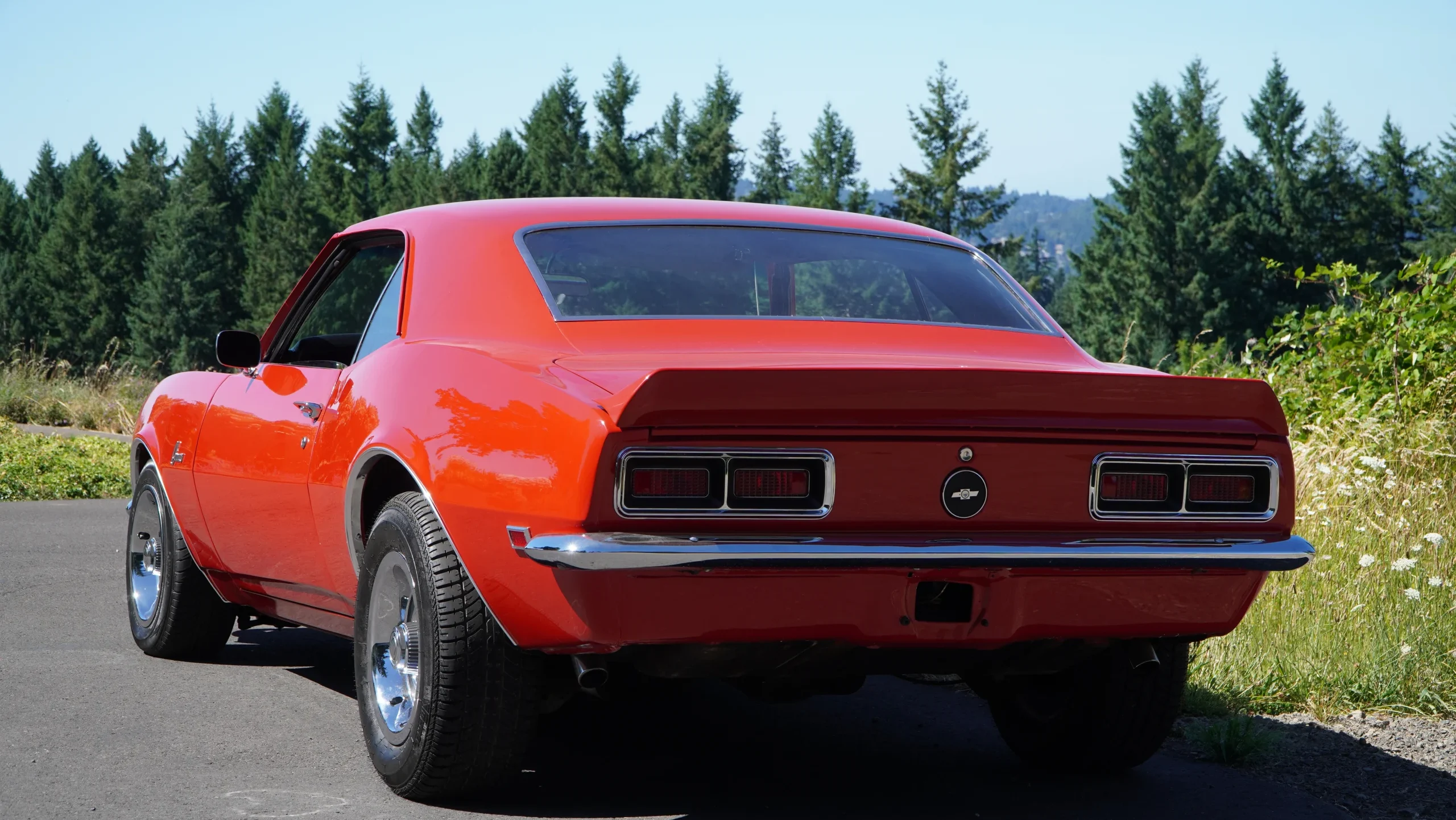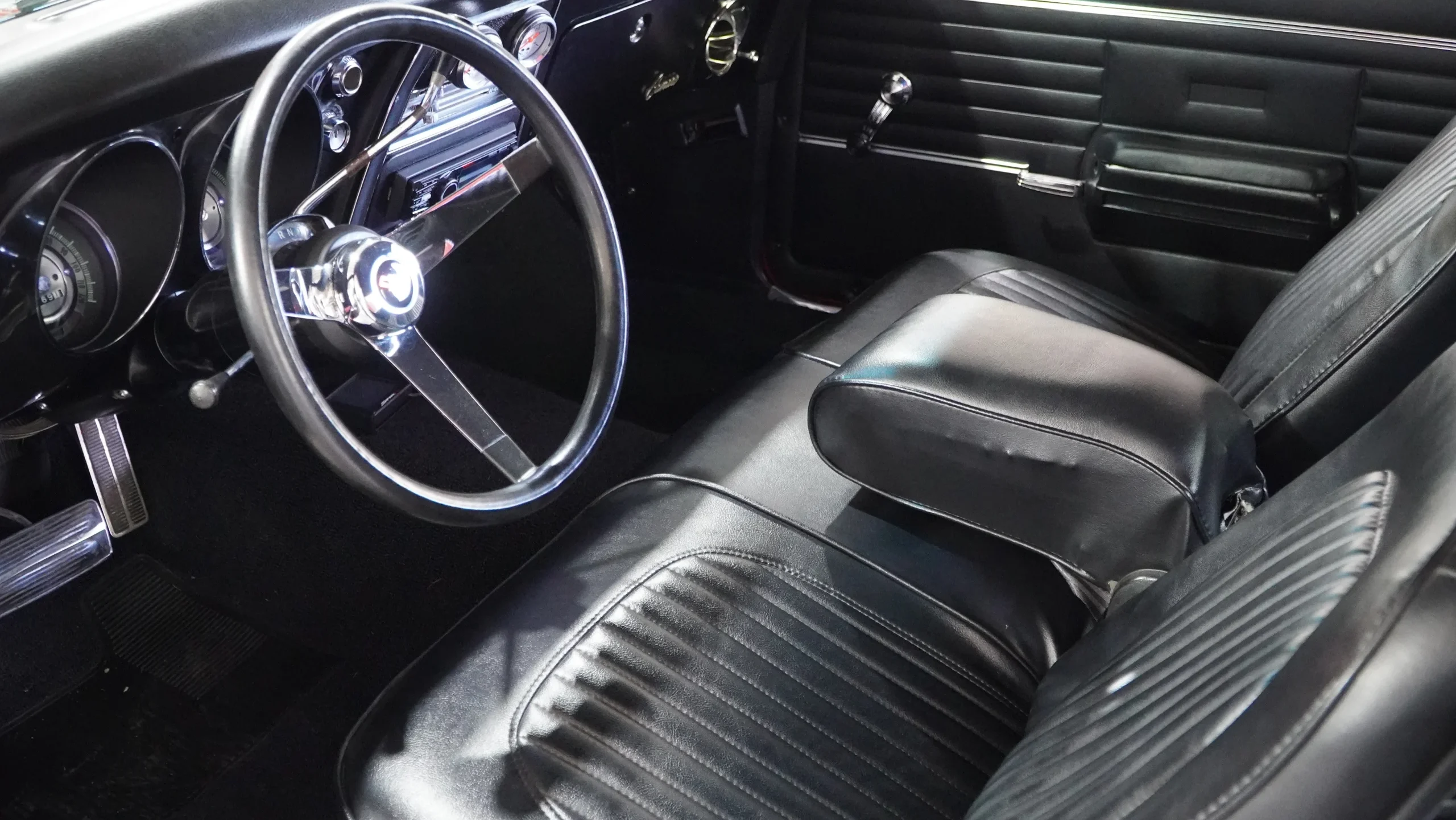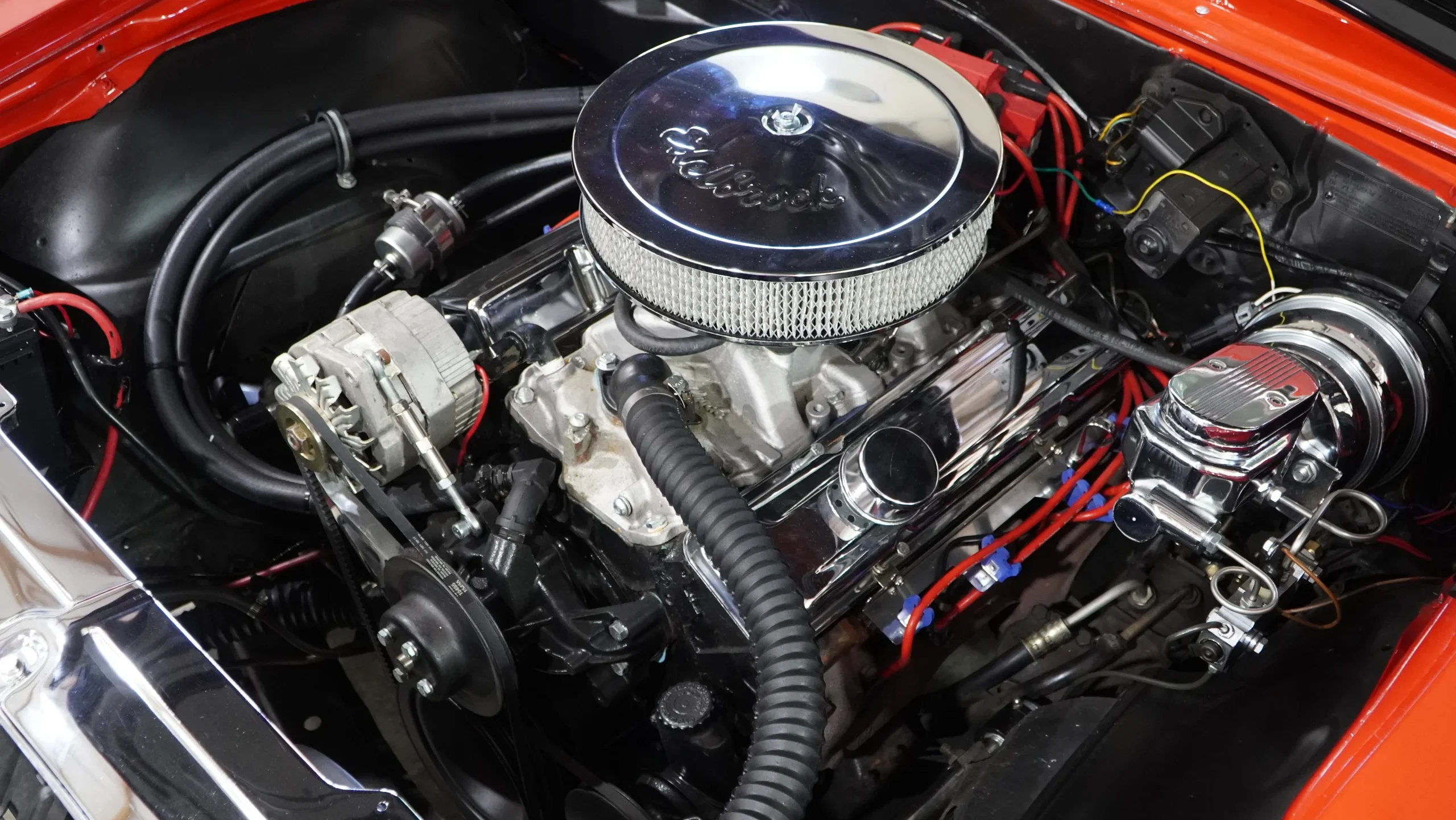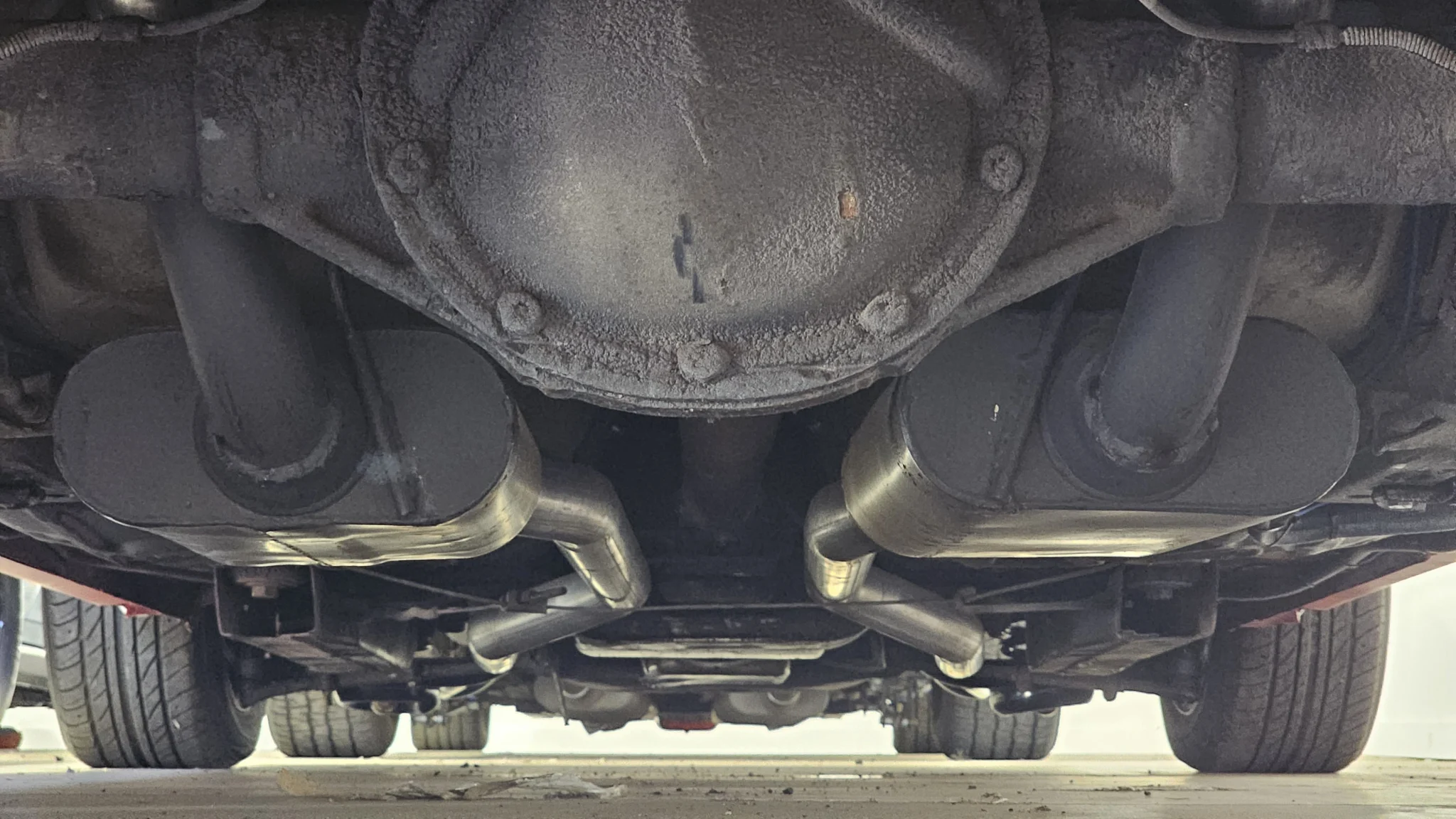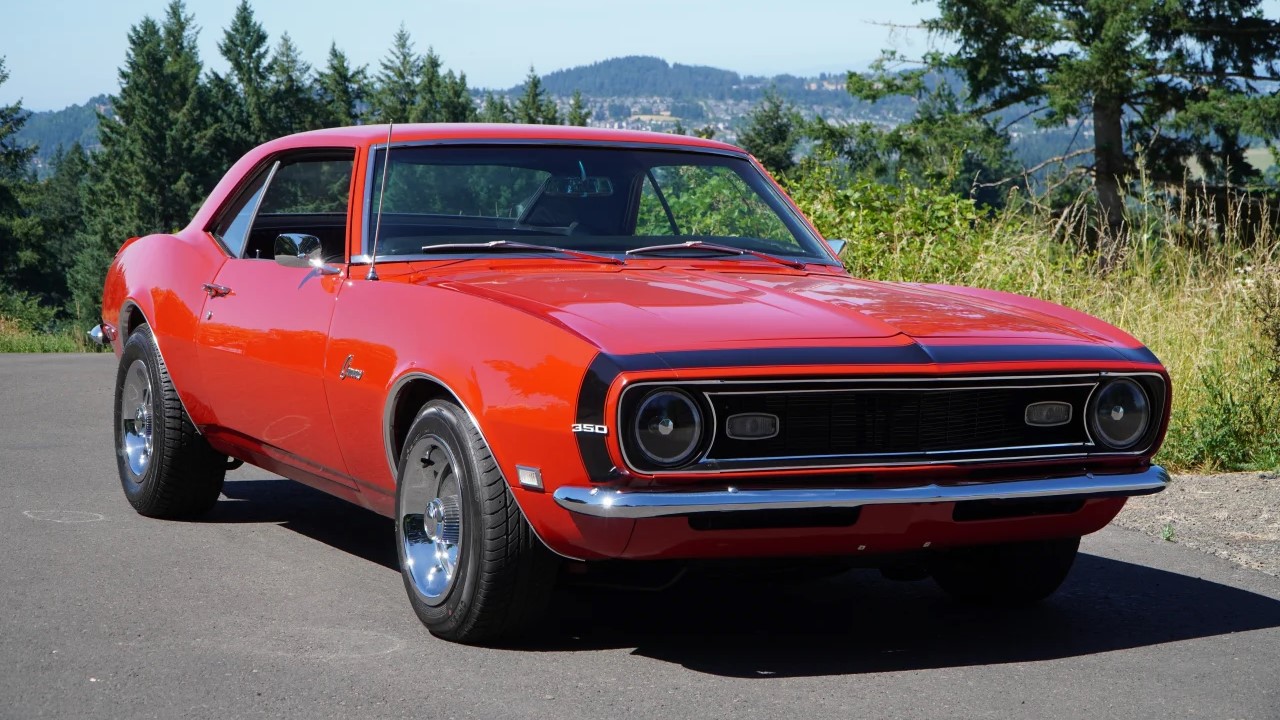Today’s Pick of the Day from ClassicCars.com is a 1954 MG TF offered by a dealer in Morgantown, Pennsylvania.
The MG T-Series cars started the sports car craze in America. When servicemen brought their MG TCs back to the U.S. after World War II, Americans had not seen anything like them before. These small sporting cars handled better than anything built in North America. They also looked great, which helped sell thousands of T-Series cars in the U.S.
After the prewar-based MG TC came the more modern yet still classic-looking TD, followed by the final T-Series car—and the one many think of as the most beautiful of them all—the MG TF.
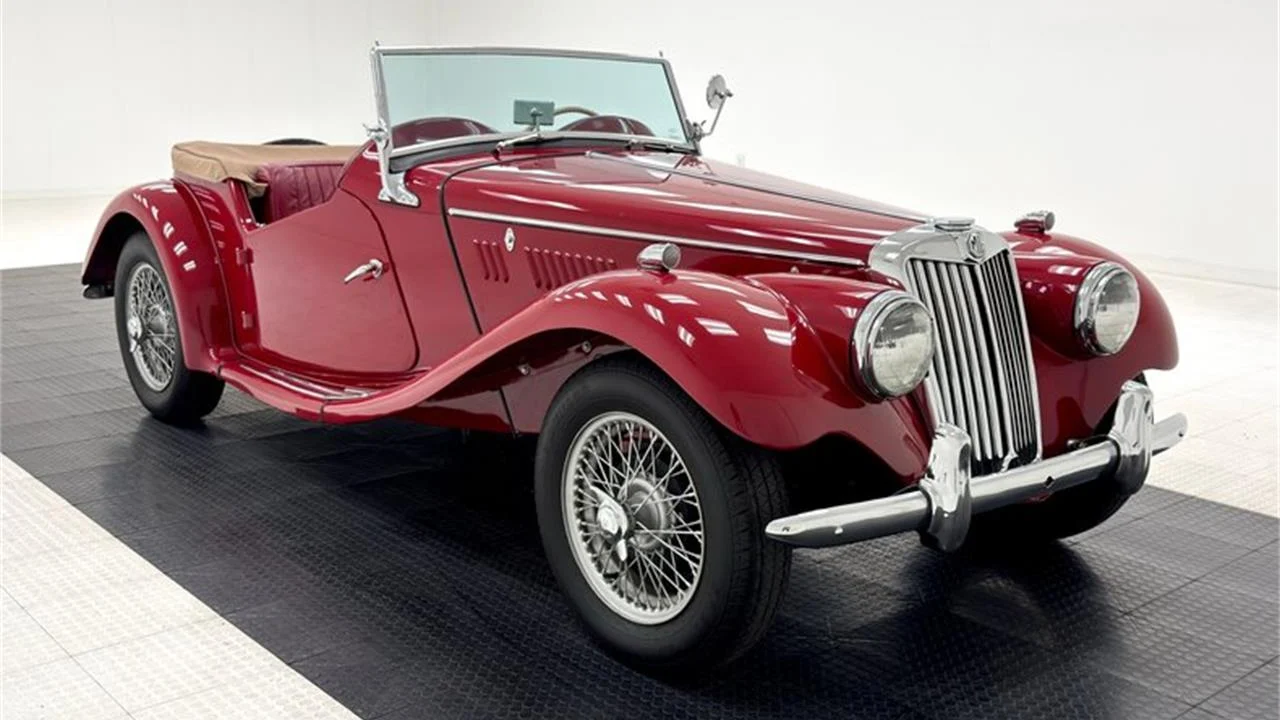
The TF incorporated the headlights into the fender, making for a more streamlined look. The interior was also upgraded, with the bench seat replaced with buckets and the dashboard now featuring octagon-shaped gauges similar to MG’s earlier sporting cars of the 1920s and ’30s.
The MG TF, though, was not a success, as cars from Triumph and other manufacturers began offering better performance and more modern amenities. MG sold a total of only 13,002 MG TF models—not a lot when compared to the almost 30,000 TDs sold.
The seller states this 1954 MG TF roadster has been driven only 1,000 miles since its 1999 restoration and has 75,404 according to the title. This is an award-winning example with a long list of First Place awards and a “Best Of” at British car and MG gatherings in the Philadelphia region. If a T-Series has been on your radar, the seller maintains this one should be seriously considered—and I agree, as it looks like a great car, with tens of thousands of dollars spent on the restoration.
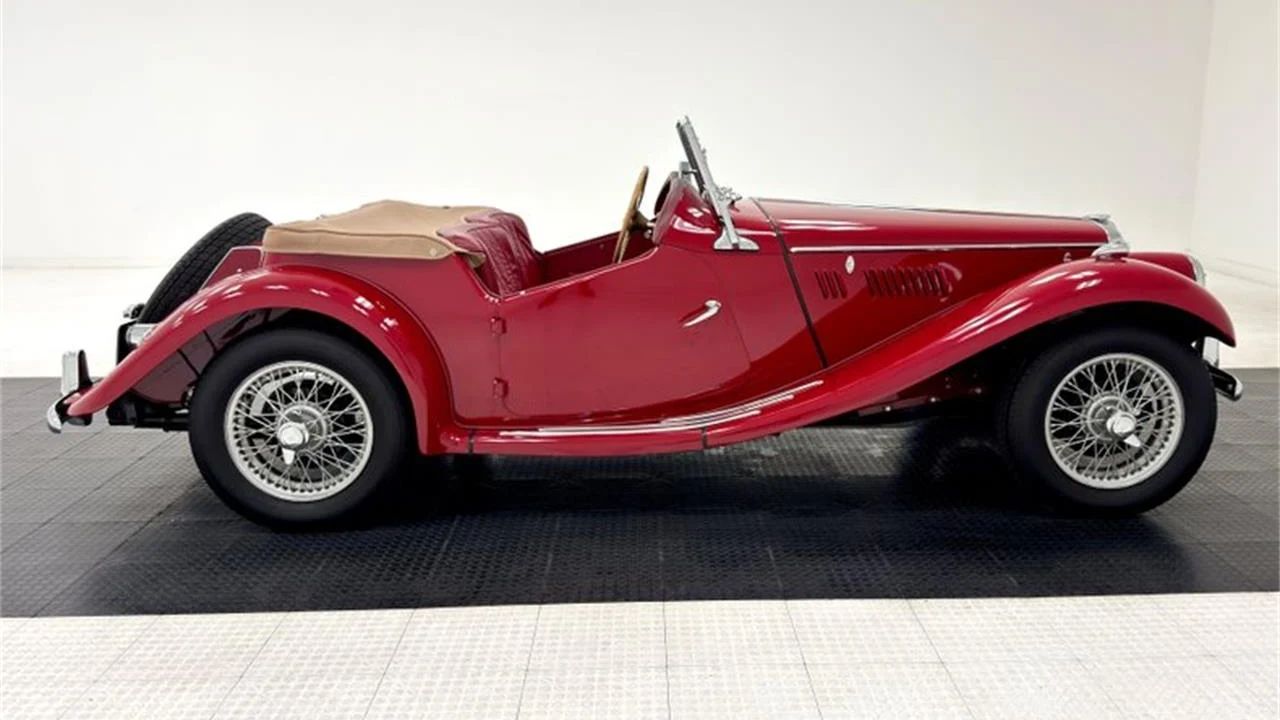
Looking at the photos, everything appears correct, something not common on many T-Series vehicles. It often seems as though people feel they have a better idea and try to upgrade these cars with things like incorrect wood dashboards and then go cheap and use vinyl on the seats. This is not one of those cars.
The exterior looks excellent and is painted in the correct MG TF color of MG Red. The chrome not only looks correct but also appears to be in as good of shape as the paintwork. It is both correct and nicely done.
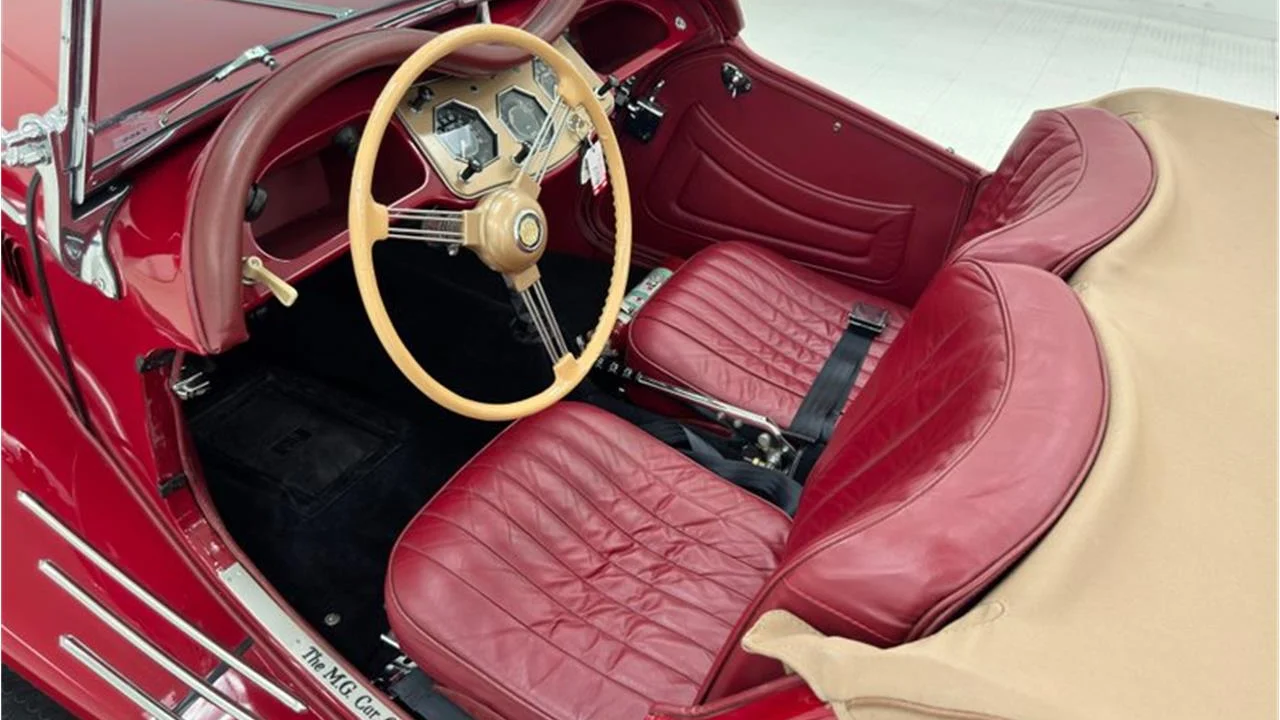
The interior is the same, with the correct red leather used on the seats. All trim looks like it should for a correctly restored car. I simply love this car’s octagon gauges and the original steering wheel.
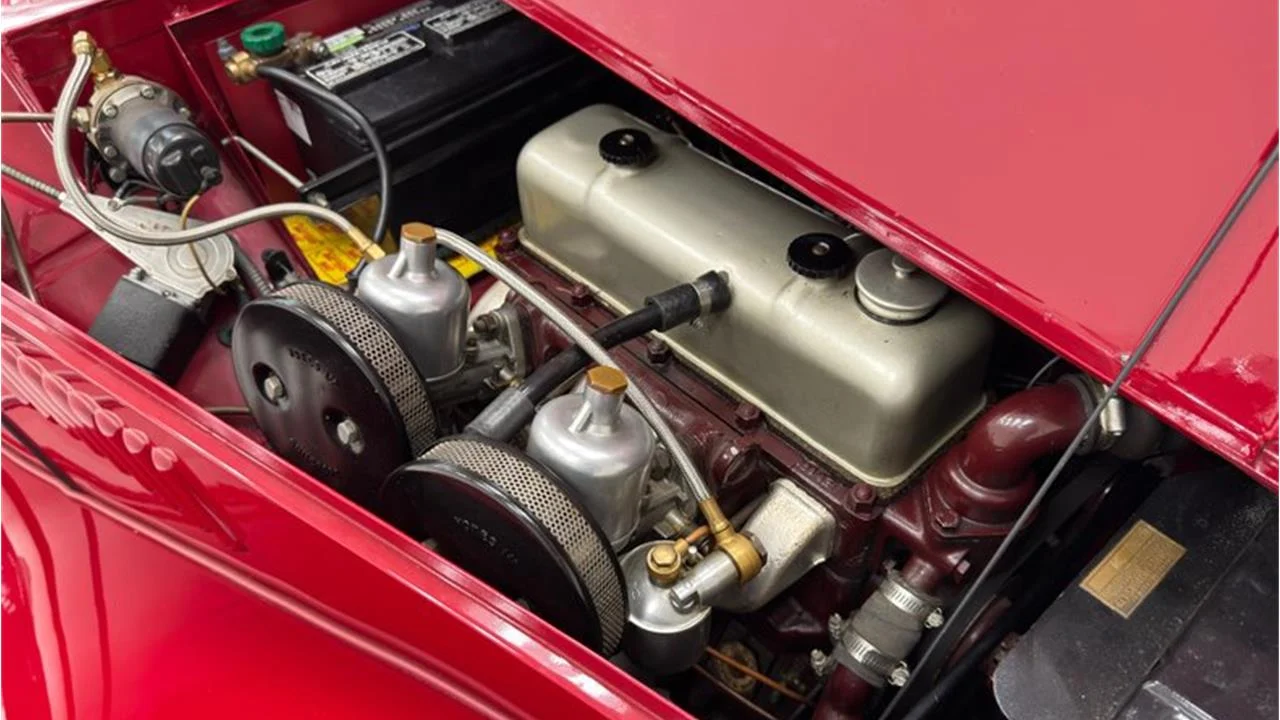
Under the hood is the correct, clean, and show-worthy 76.3ci inline four-cylinder XPAG engine, which was factory-rated at 57.5 horsepower. It is fed by a pair of correct SU carburetors with the correct air cleaners. The correct four-speed manual transmission sends power to 4.875 gears in back and drum brakes are on both the front and rear wheels.
This car also features wire wheels (optional at the time), which I feel every TF needs to look its best.
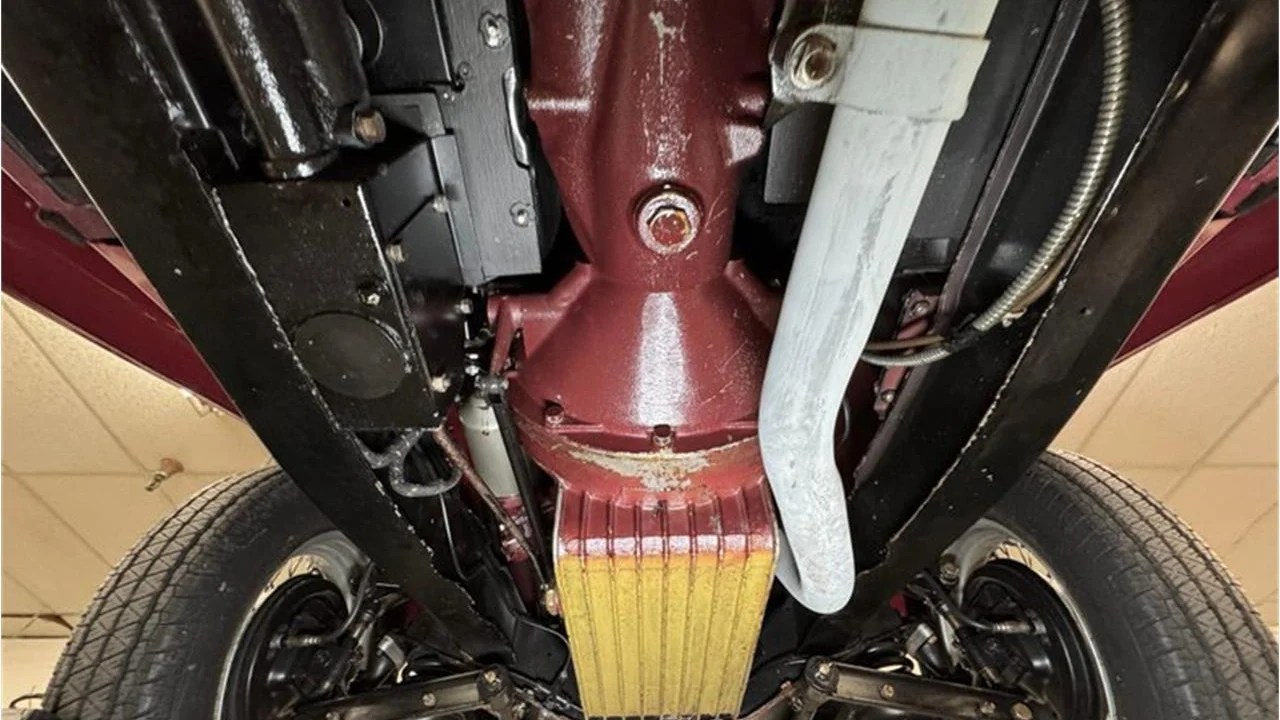
This TF is also super-clean underneath. The maroon paint used on the engine block also shows on the transmission for a bit more dress-up appeal. The single exhaust flows through a stock-style muffler. The suspension consists of coil springs up front and leaf springs in the rear. The hardware, knuckles, wiring, and frame are all clean and show-worthy.
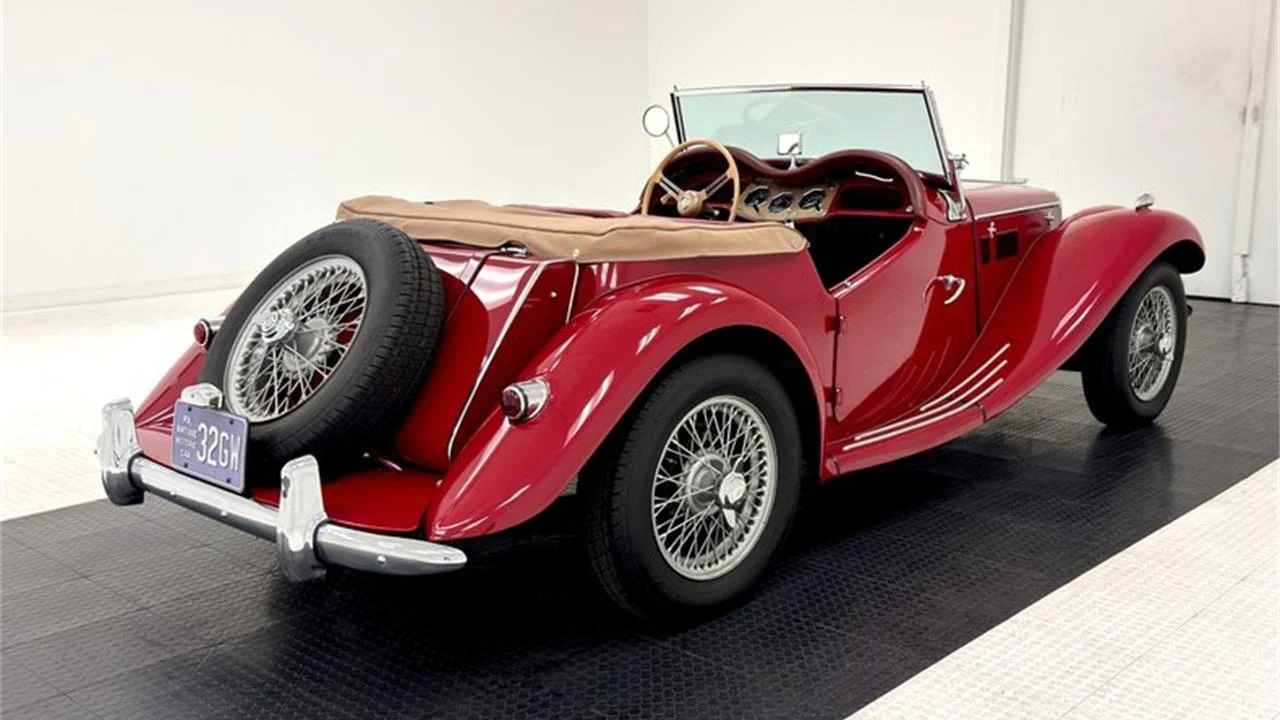
The seller also includes a drivability report in which (s)he describes this MG TF as a well-sorted show car that provides a trouble-free ride and, despite the horsepower numbers, delivers a spirited drive that—with the top down and low seating position—can only be described as exhilarating. It is a completely analog driving experience, the very essence of what driving a classic British sports car should be and nothing else. The seller adds that everything works, including all light gauges.
If you want a great example of the epitome of a classic British roadster, this MG TF is just the ticket—and, at $36,900, is very nicely priced. Act fast or it will be gone.
Click here to view this Pick of the Day on ClassicCars.com

















